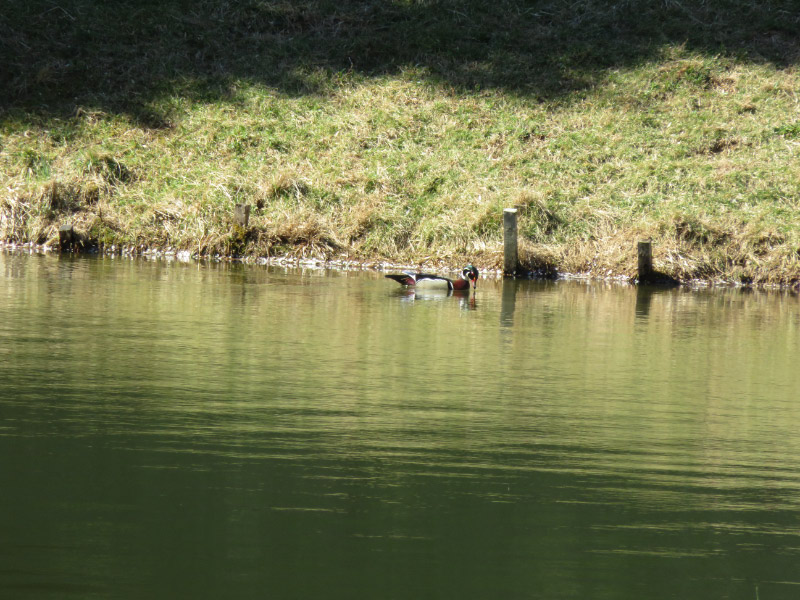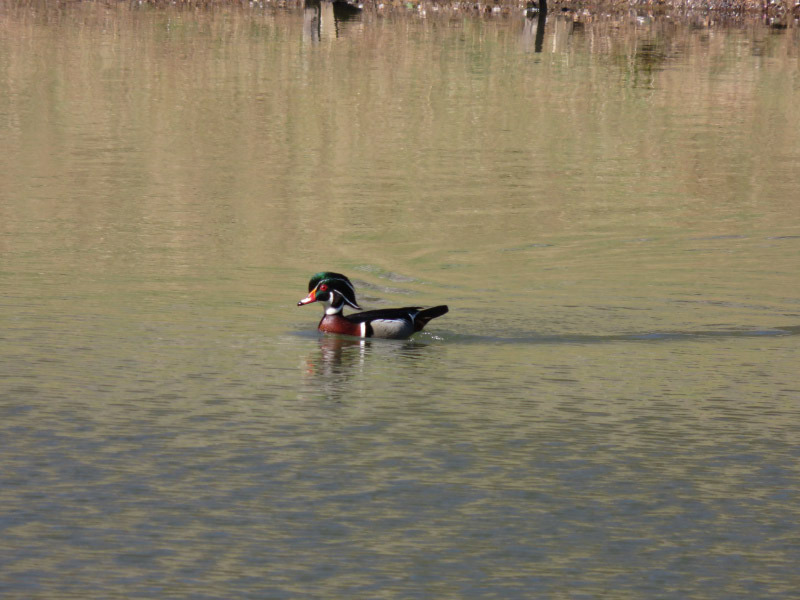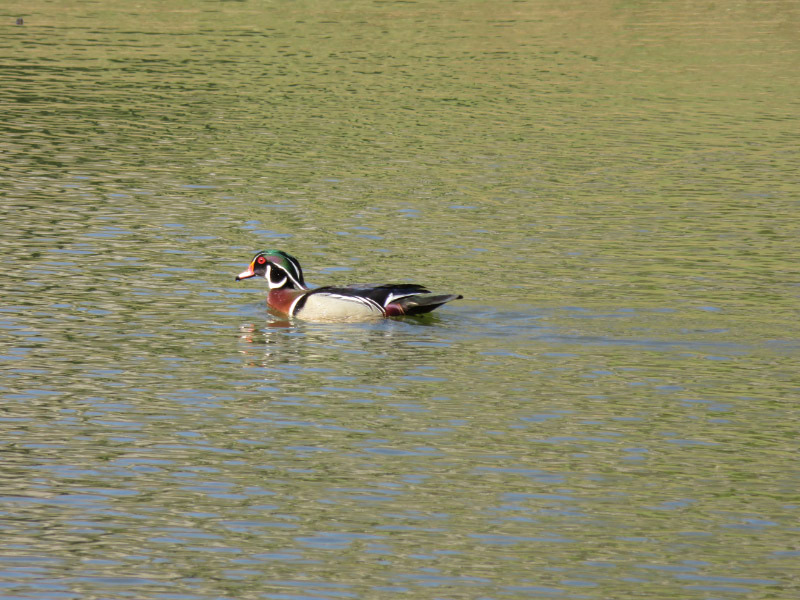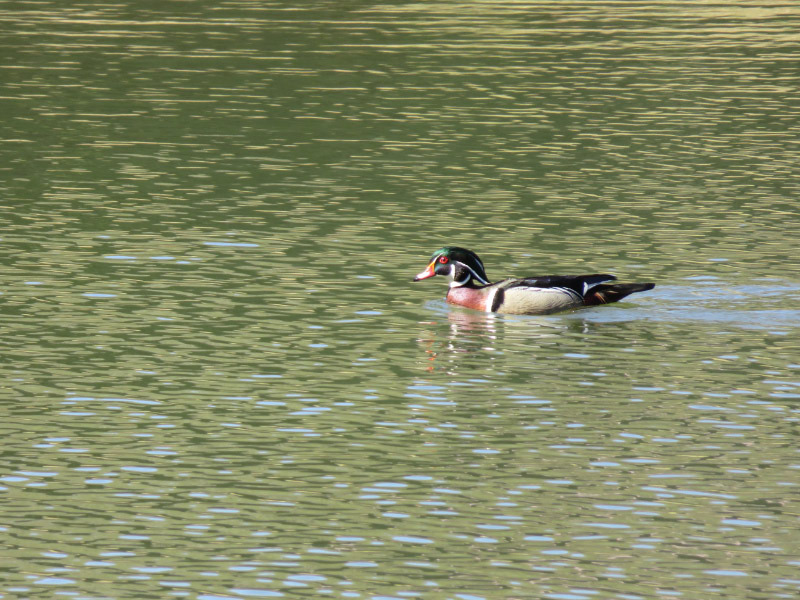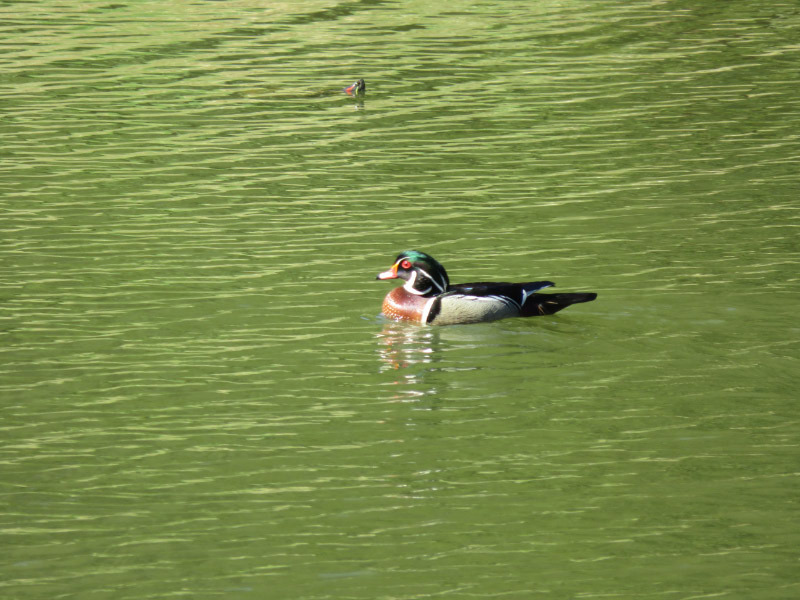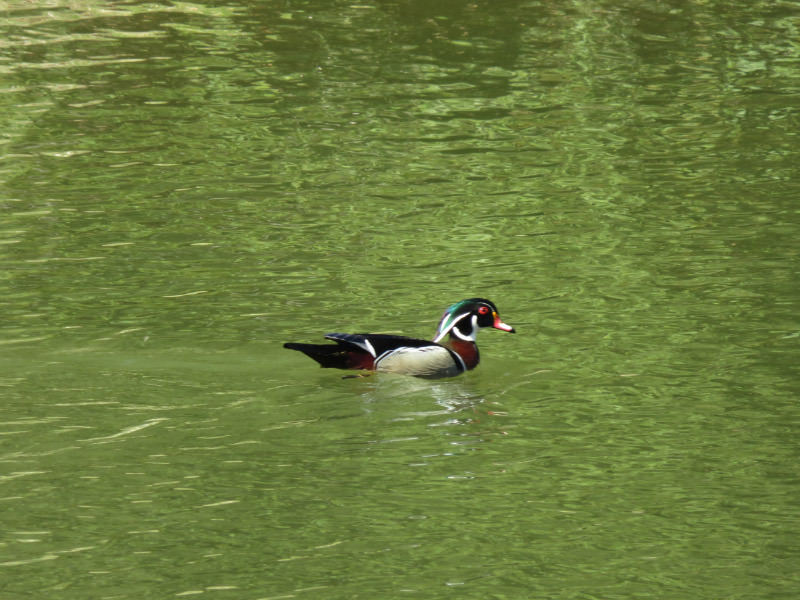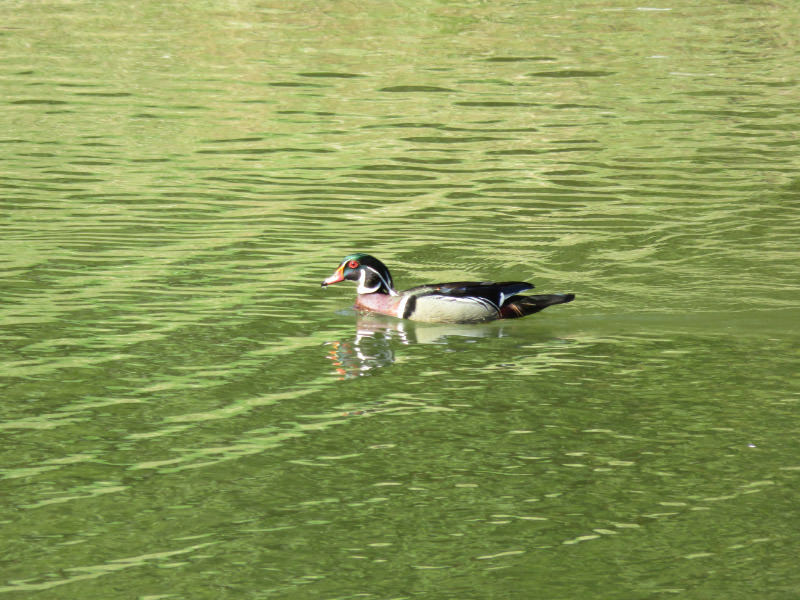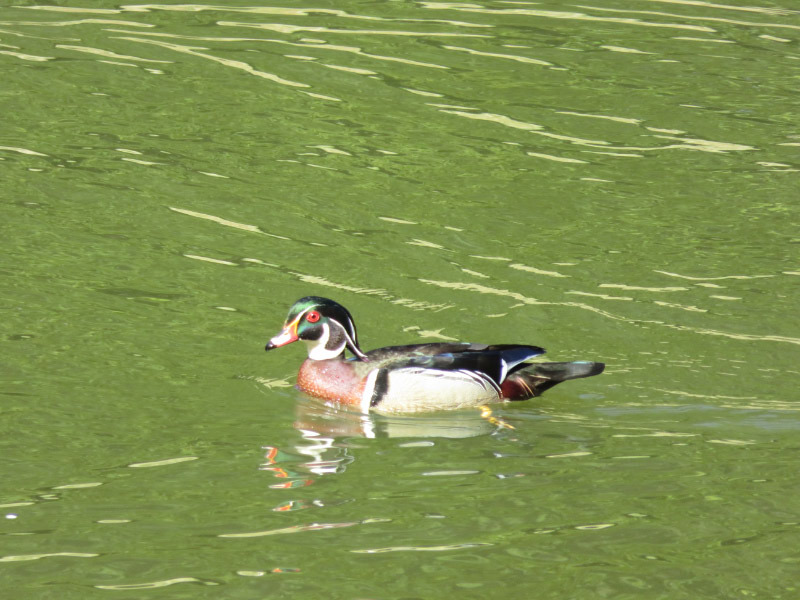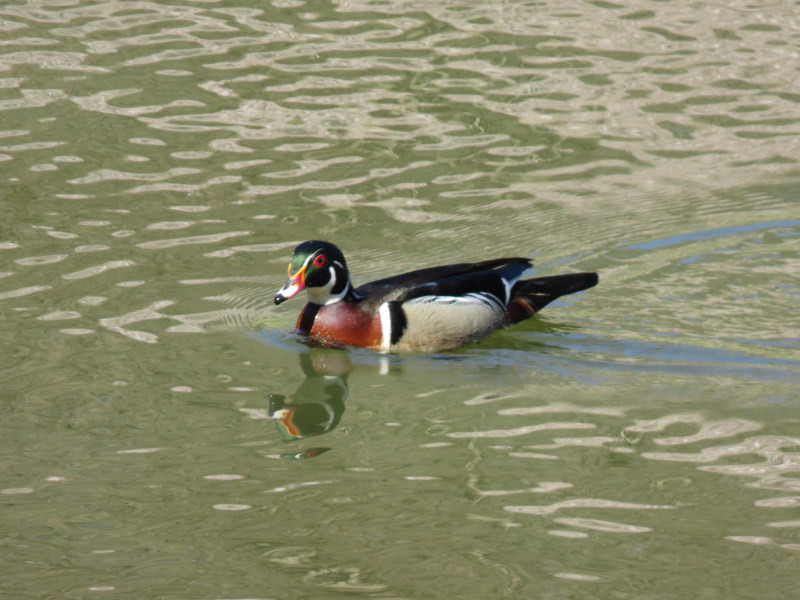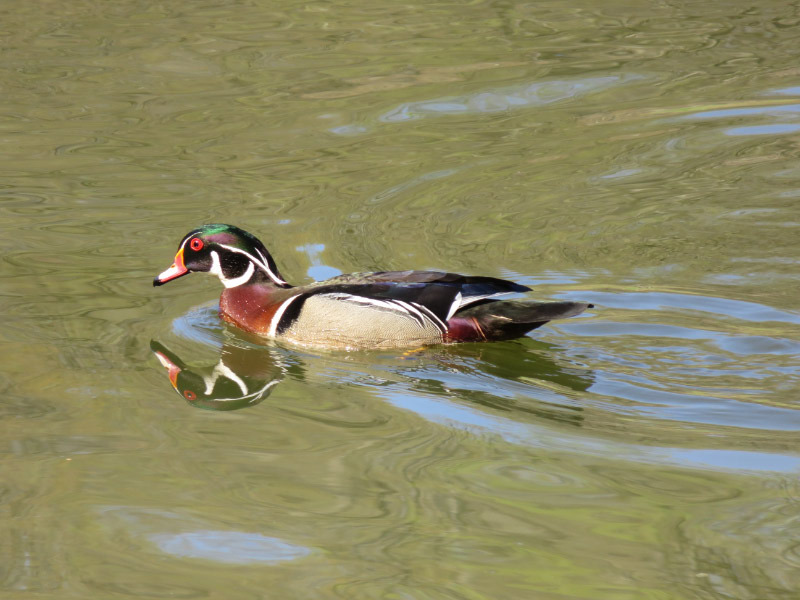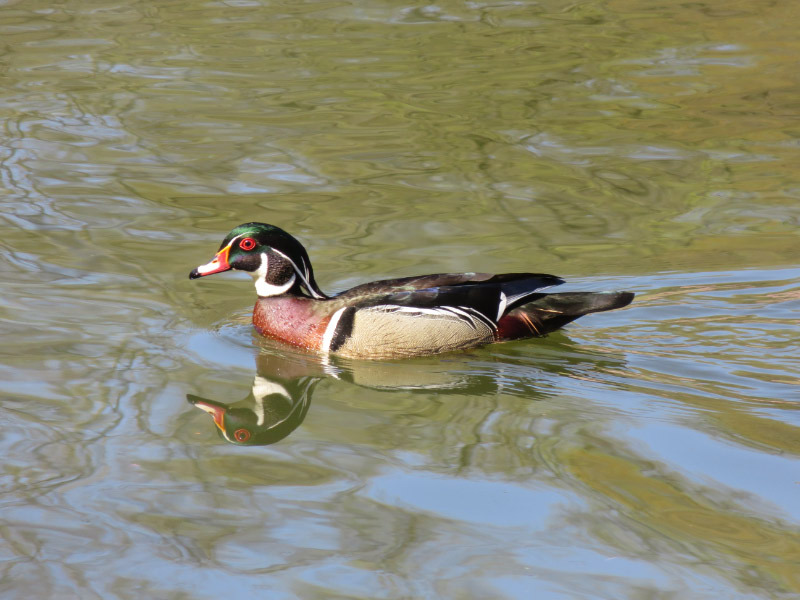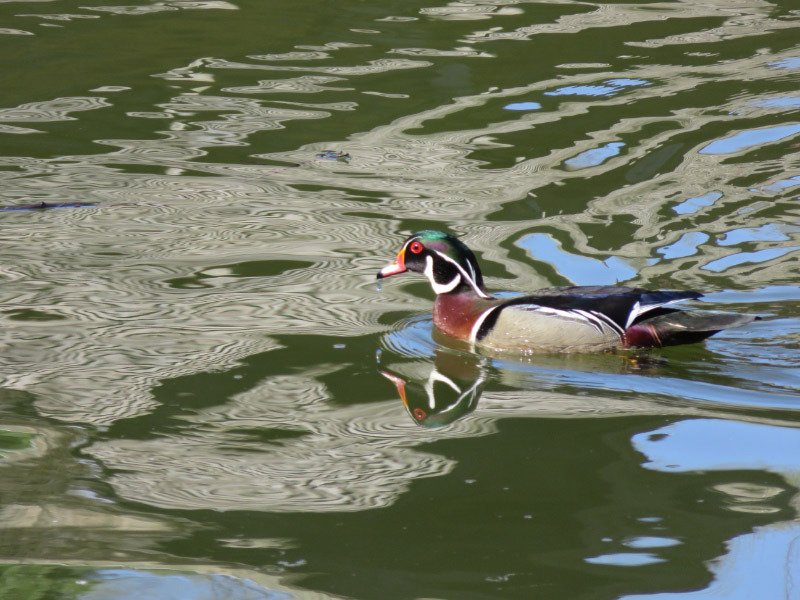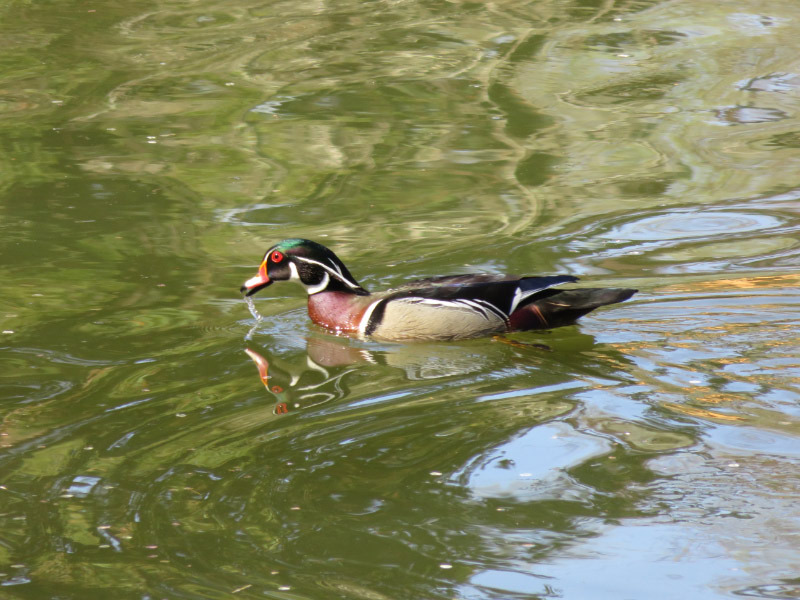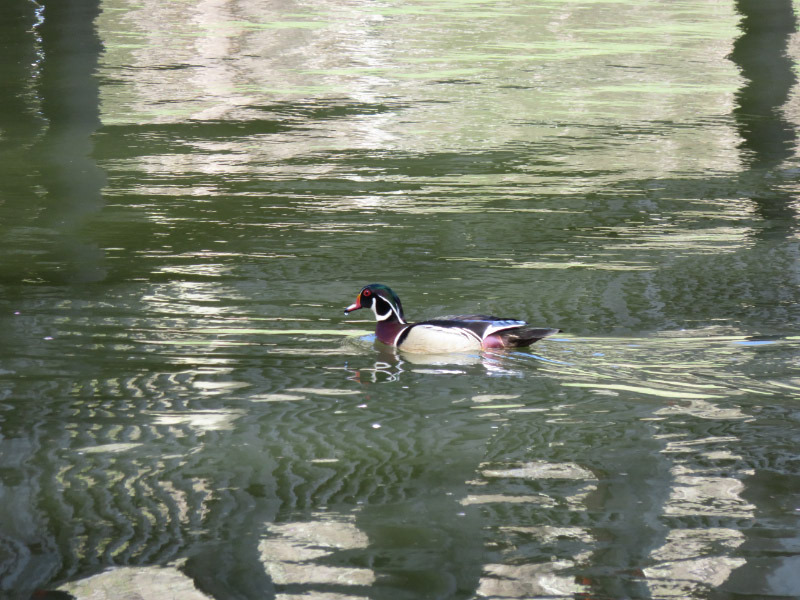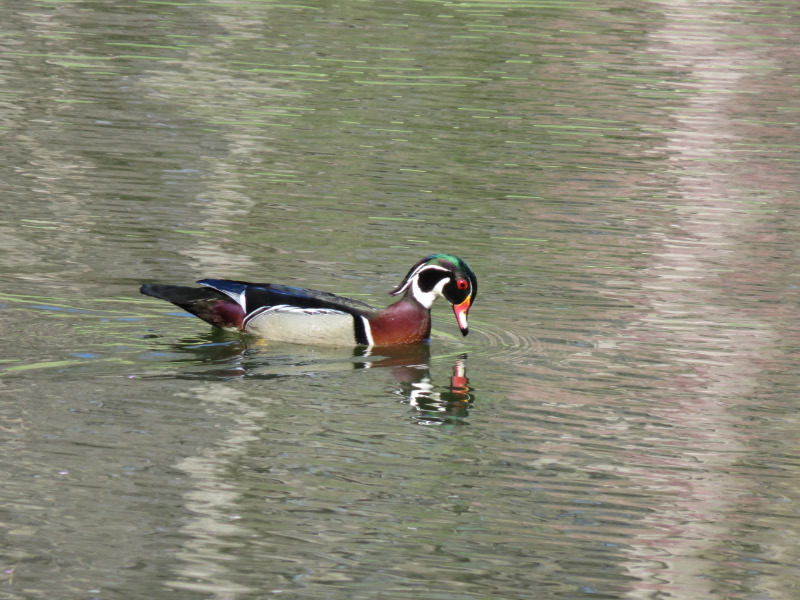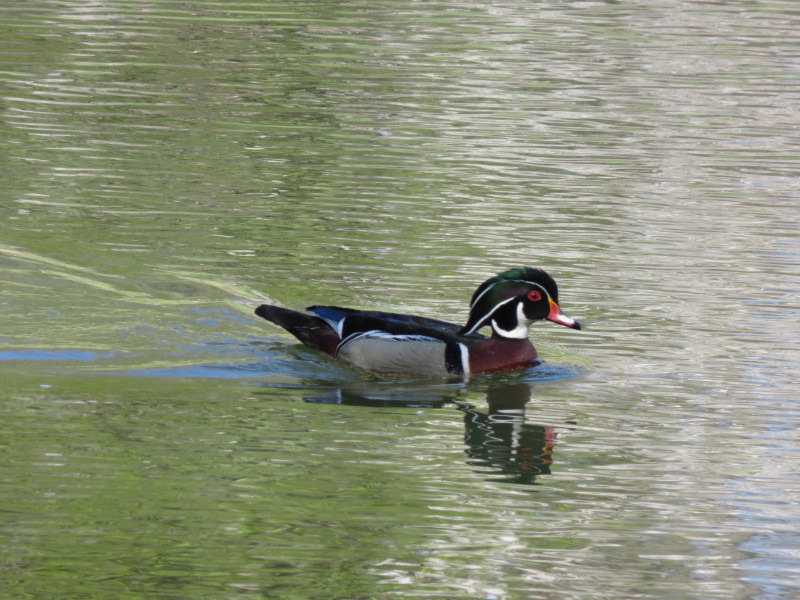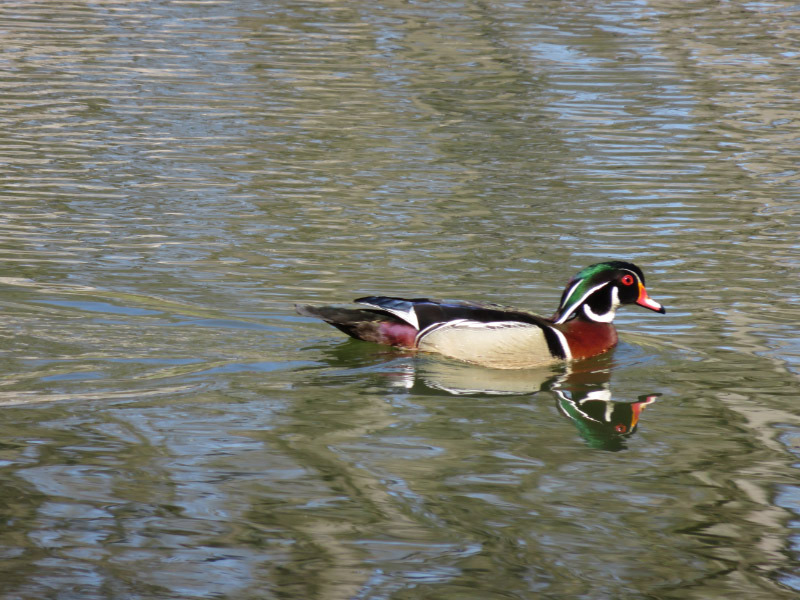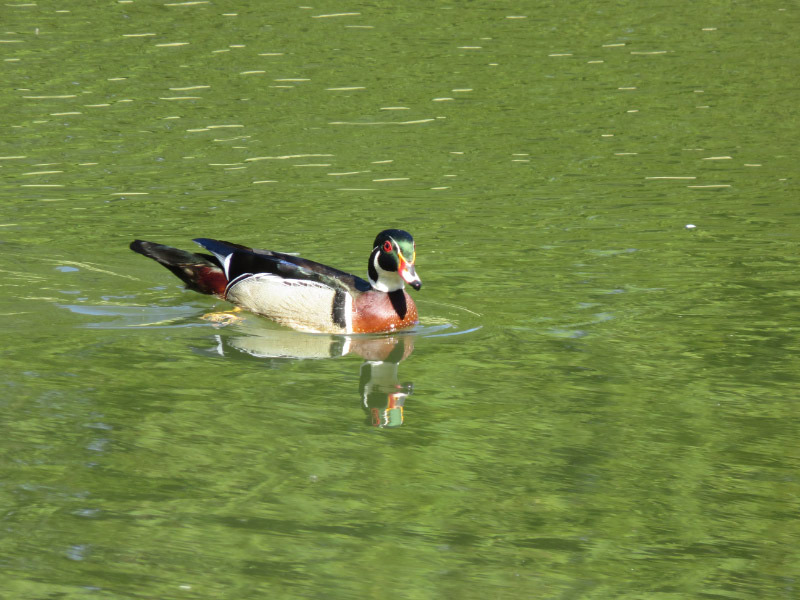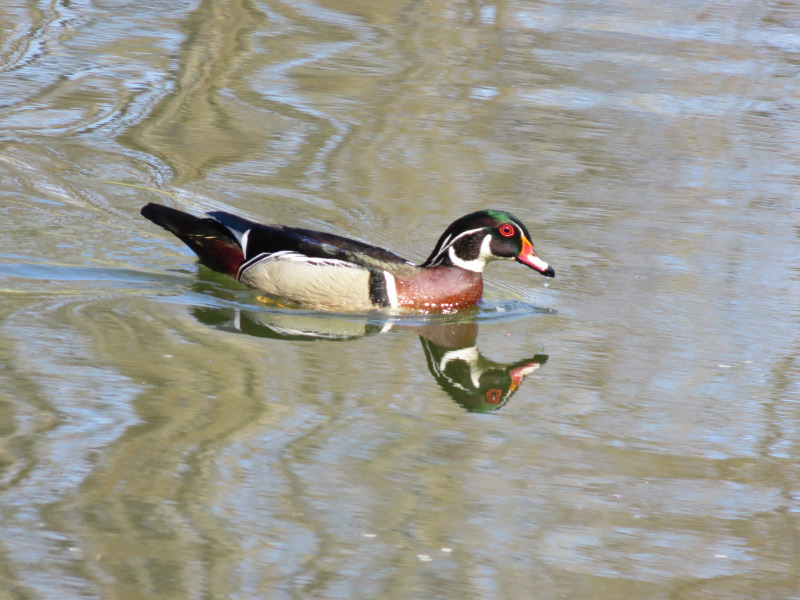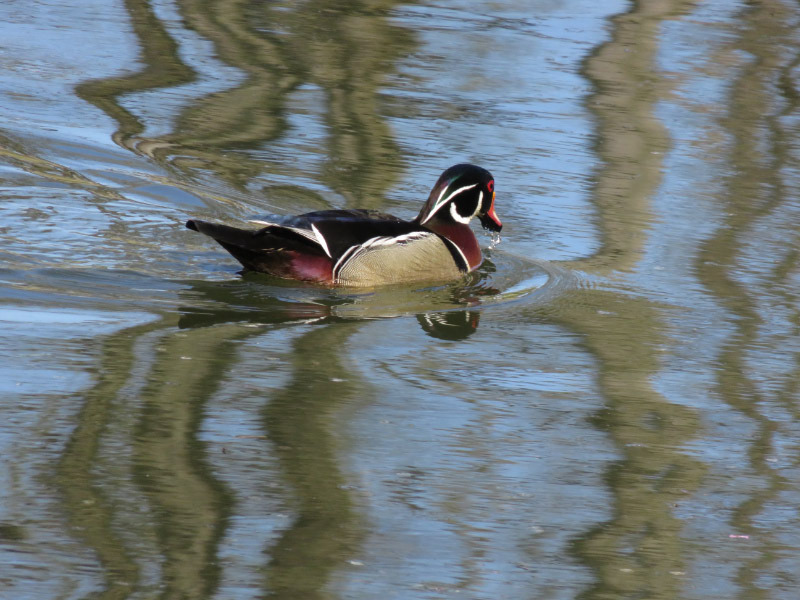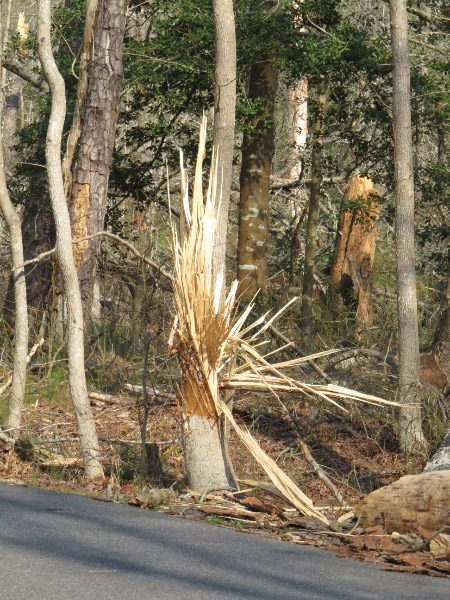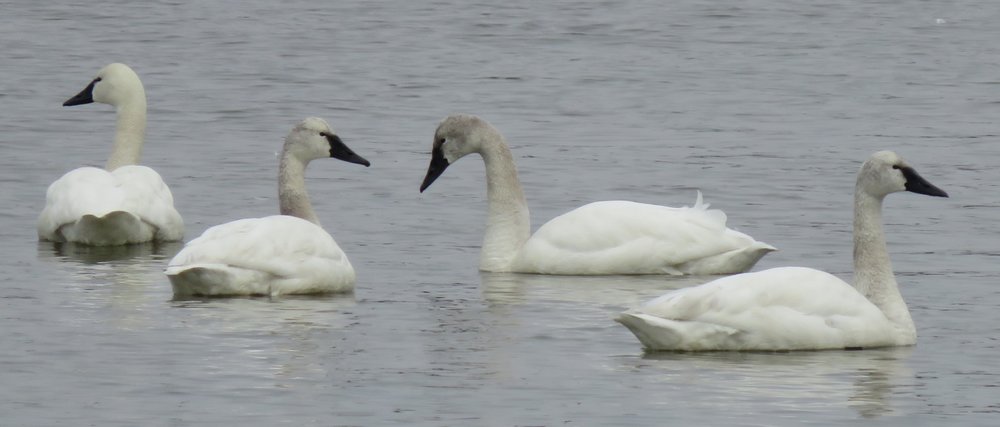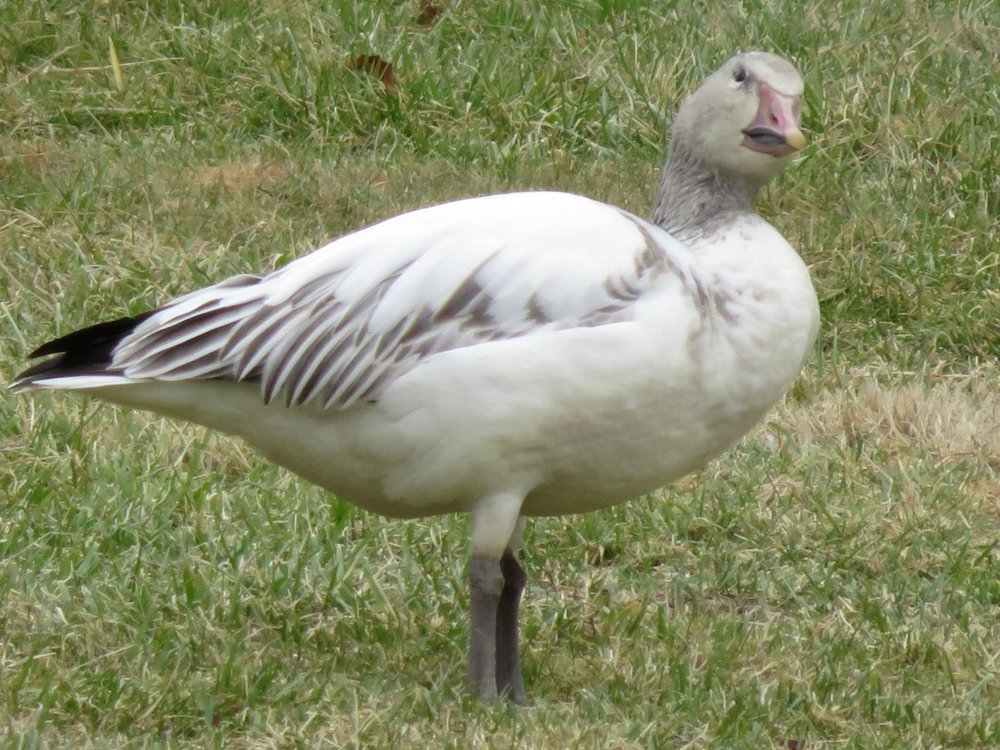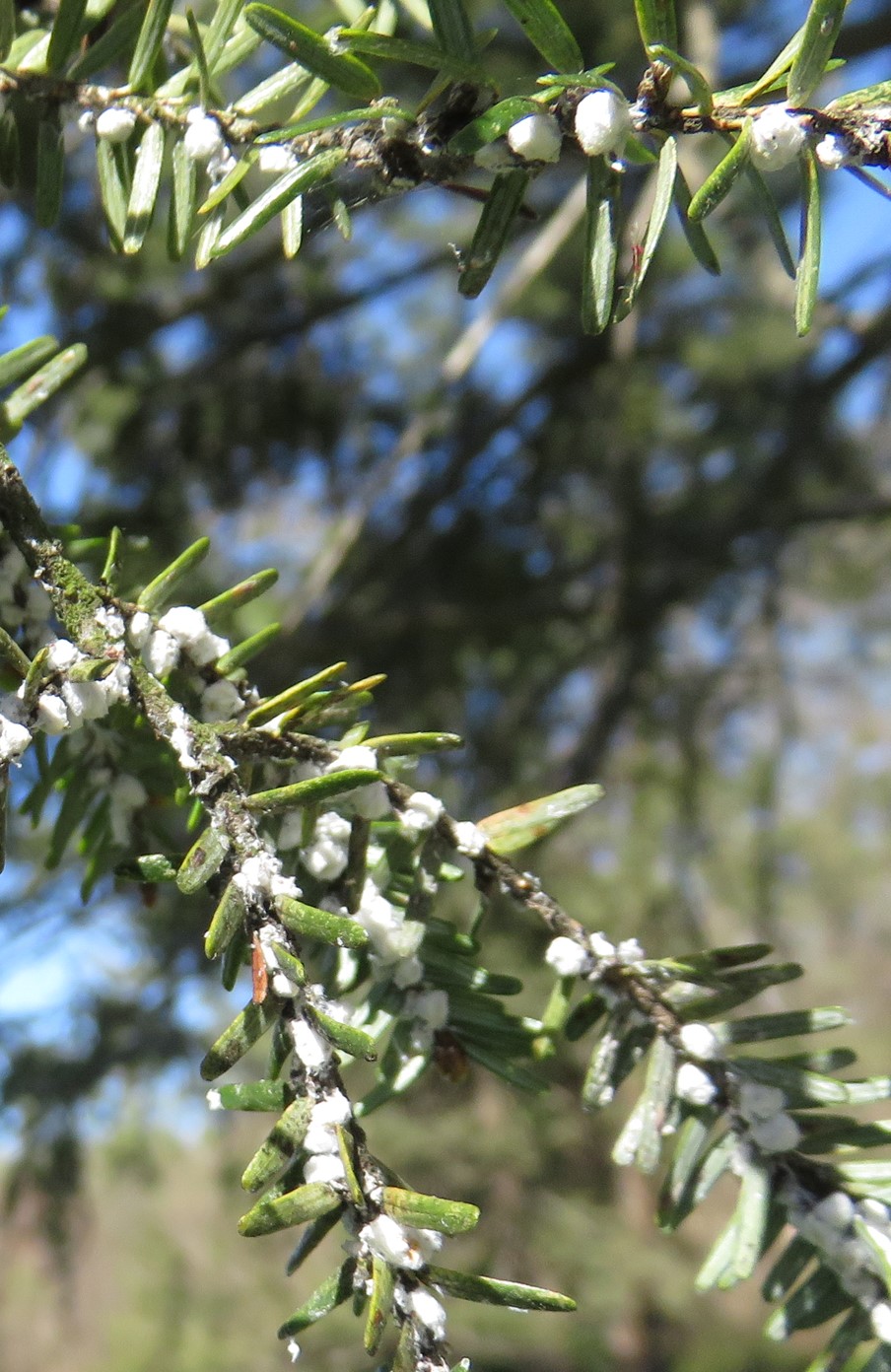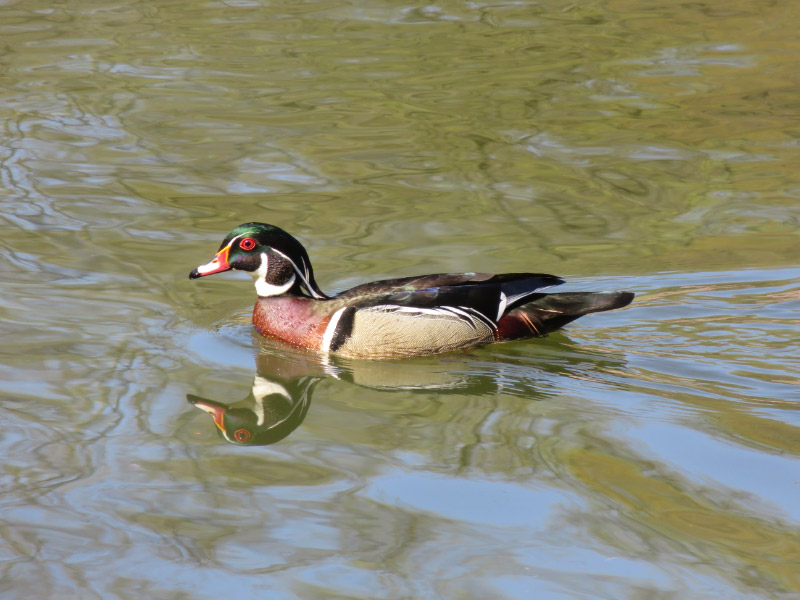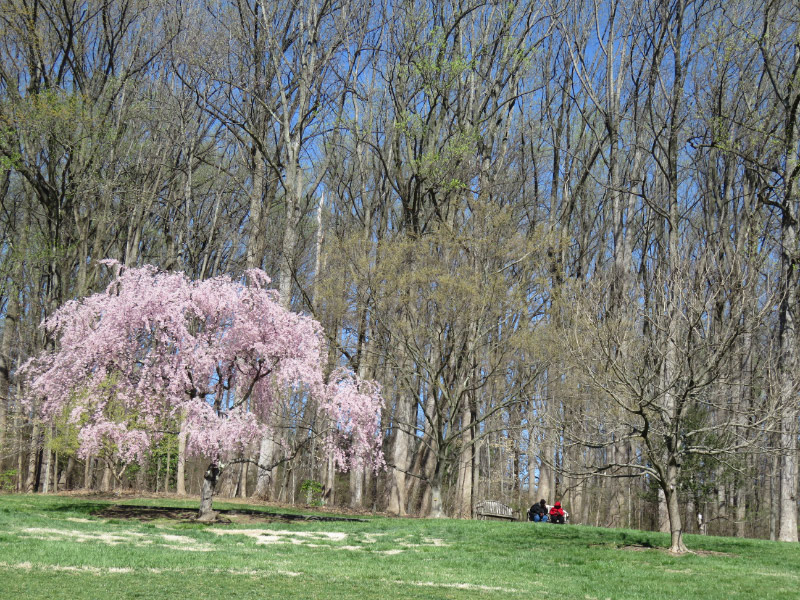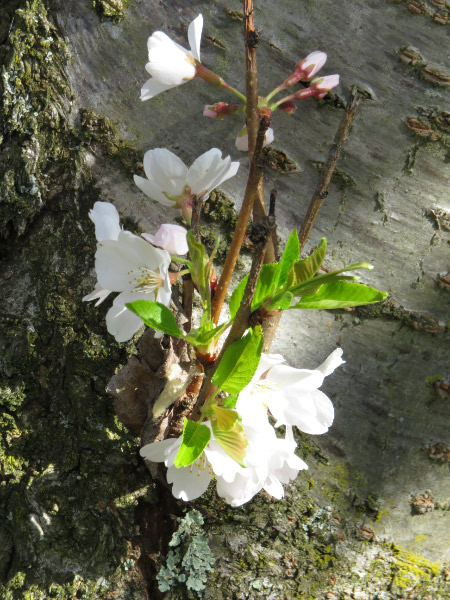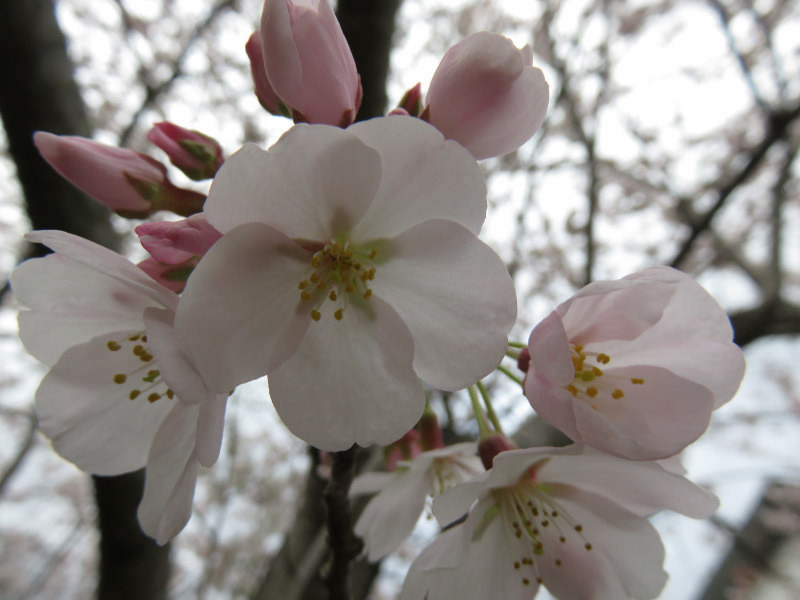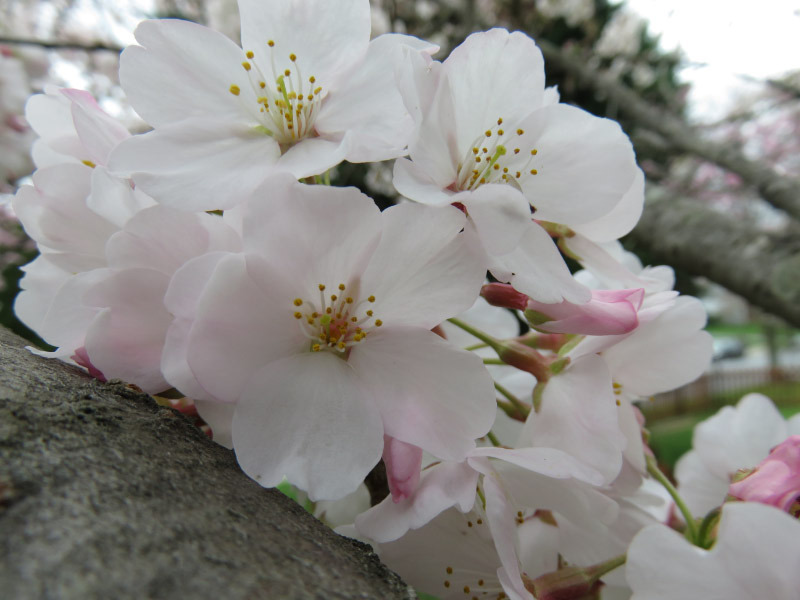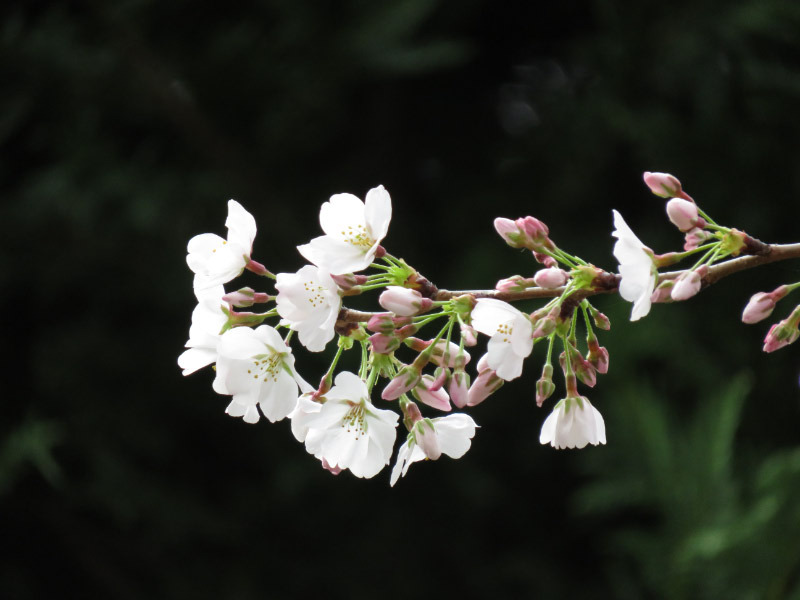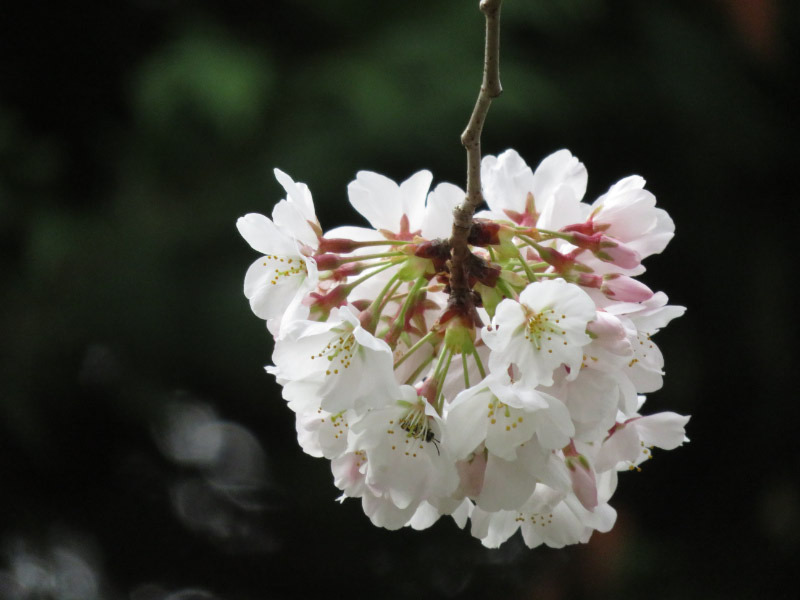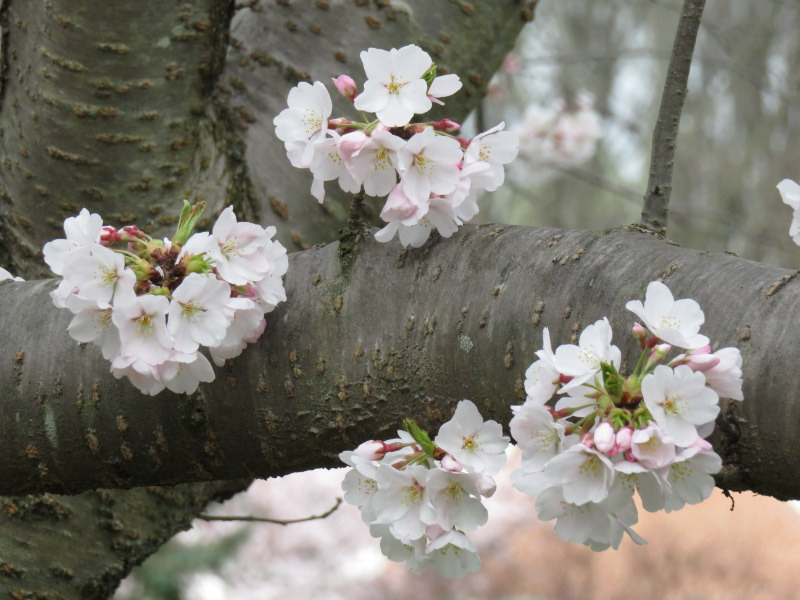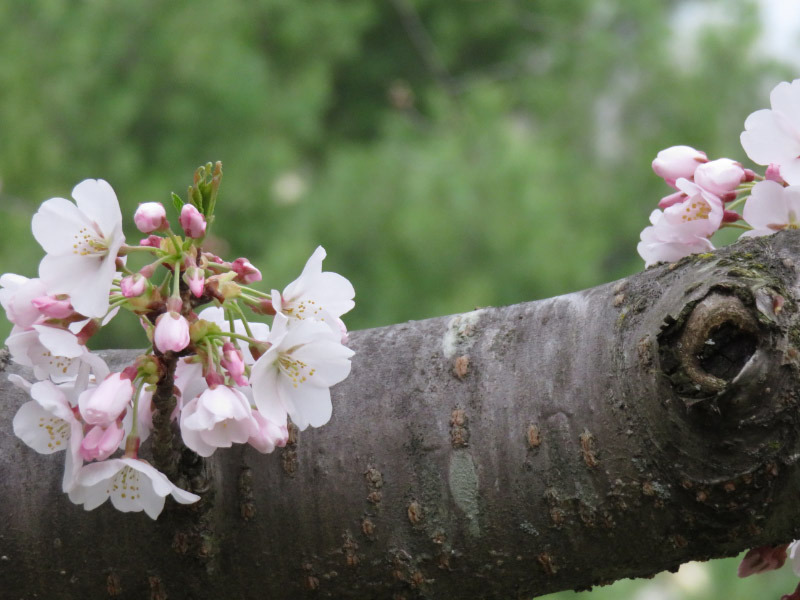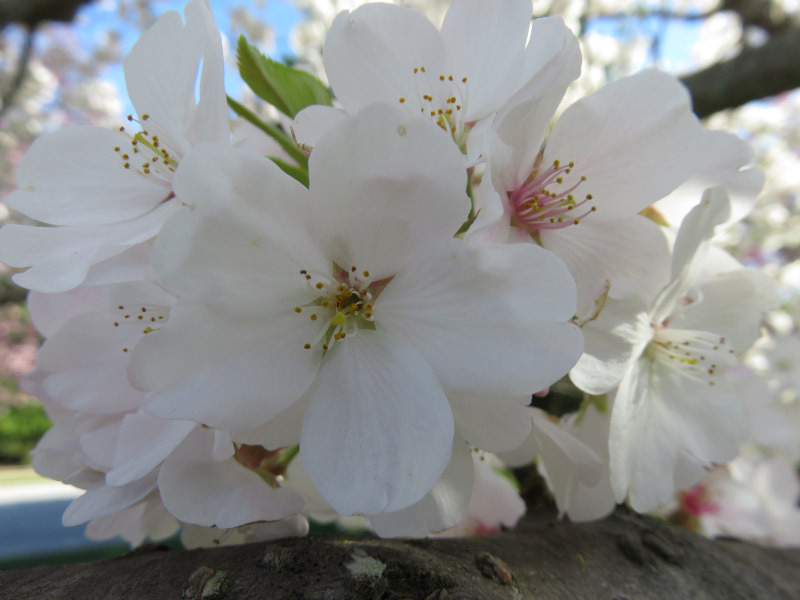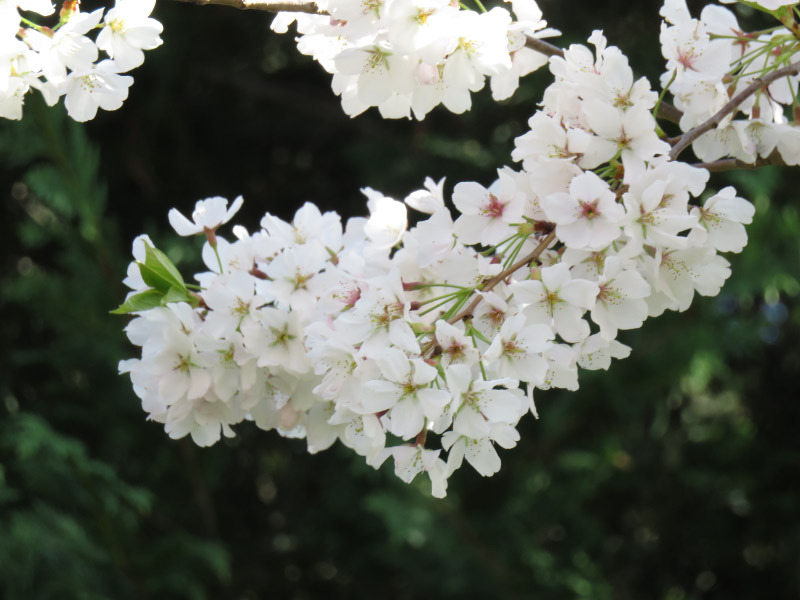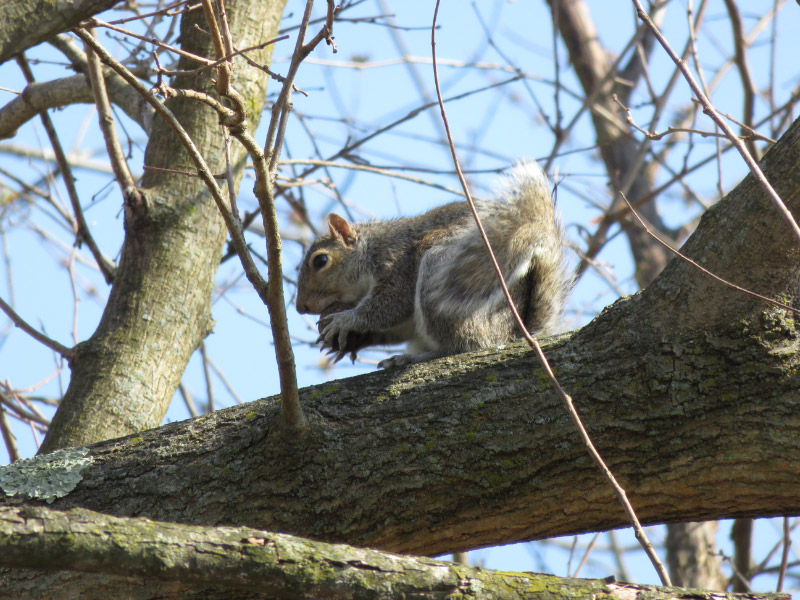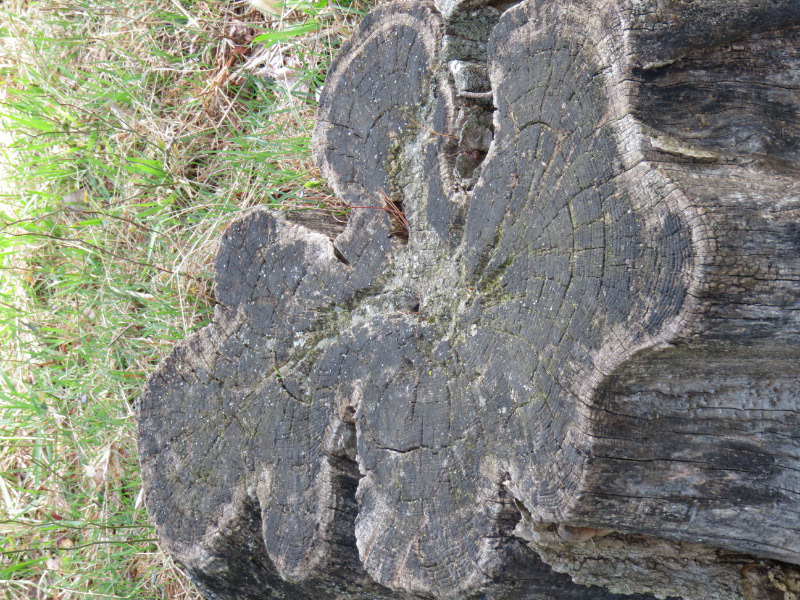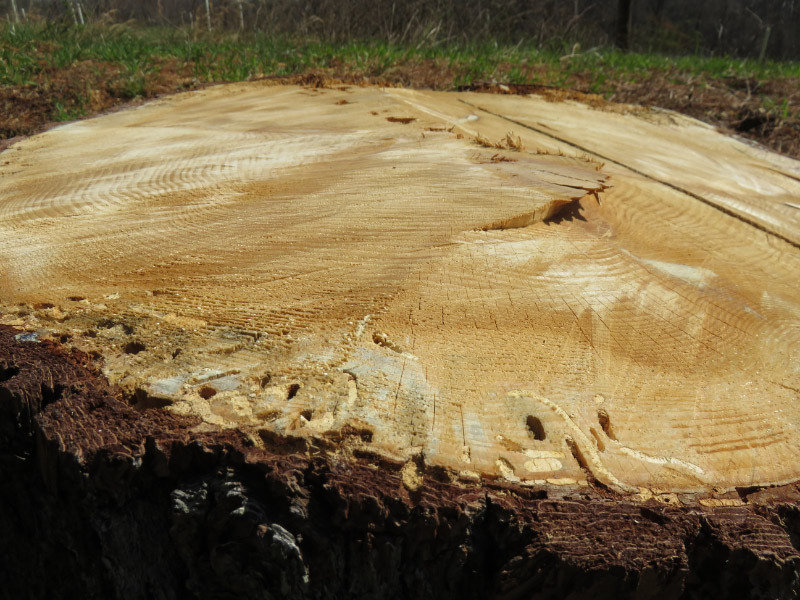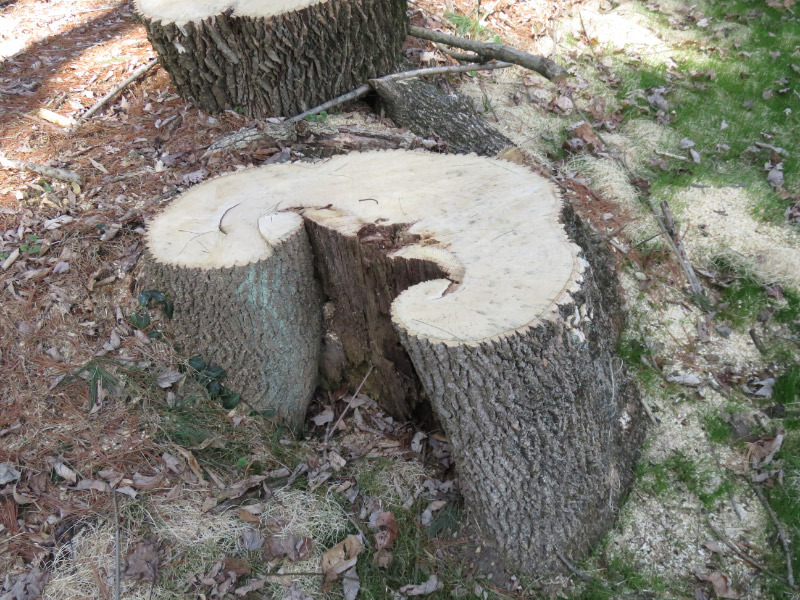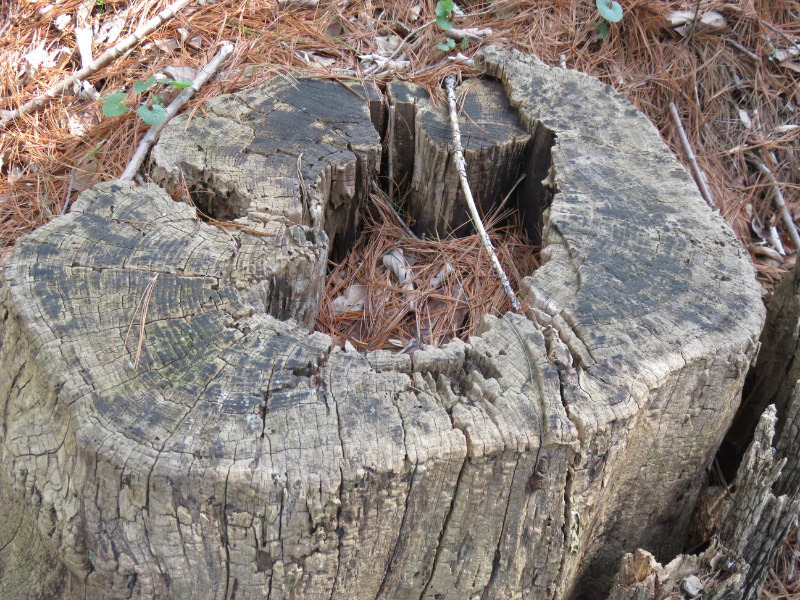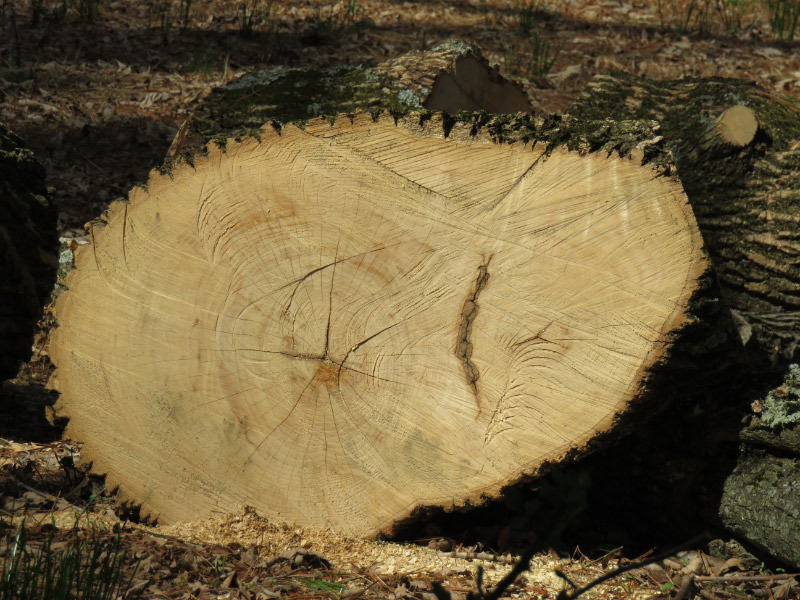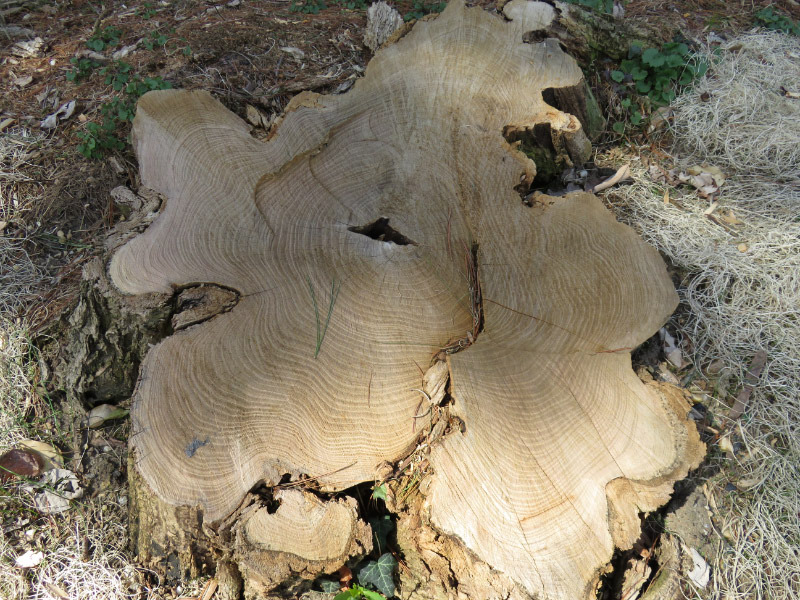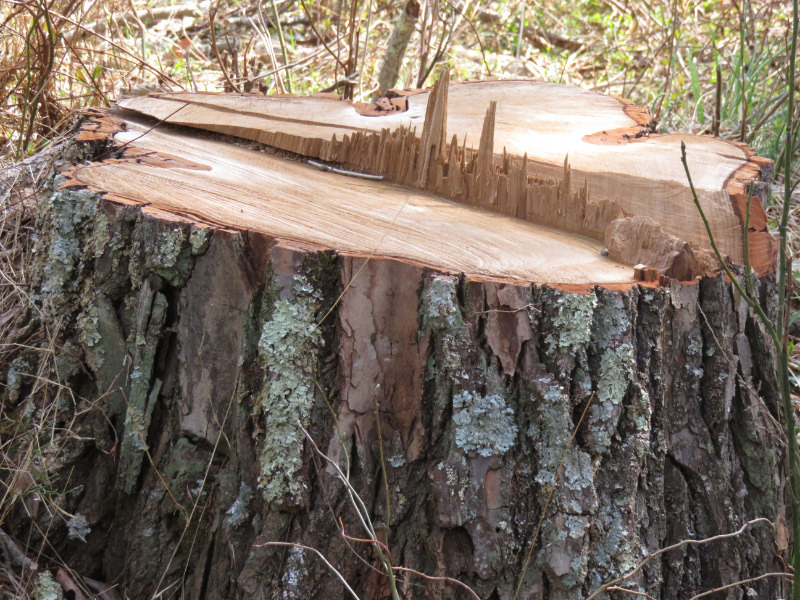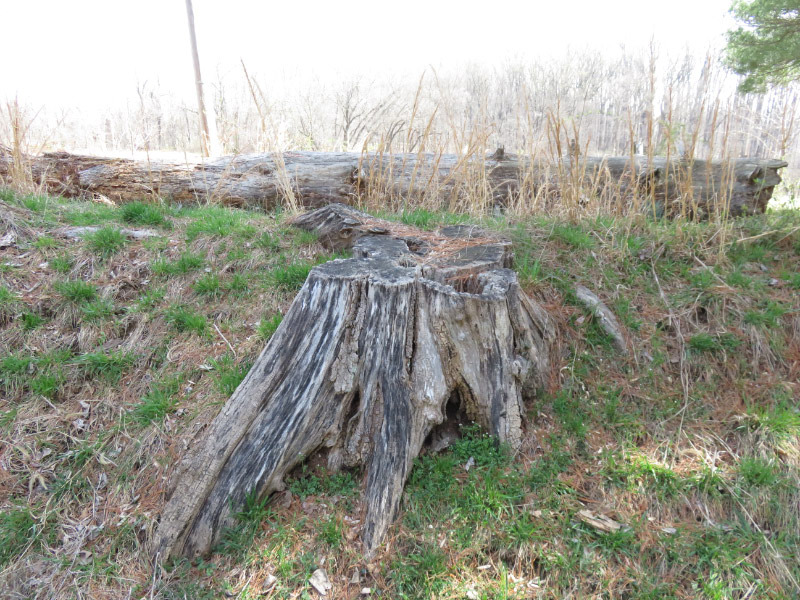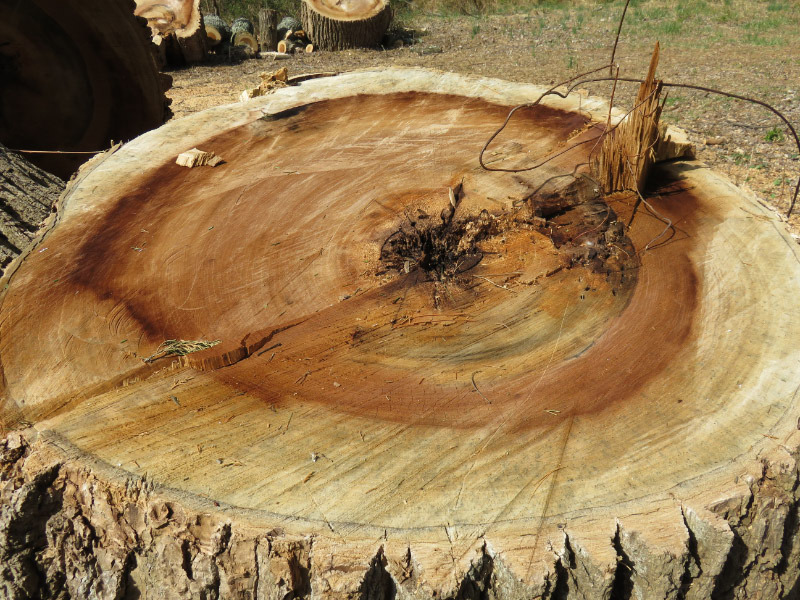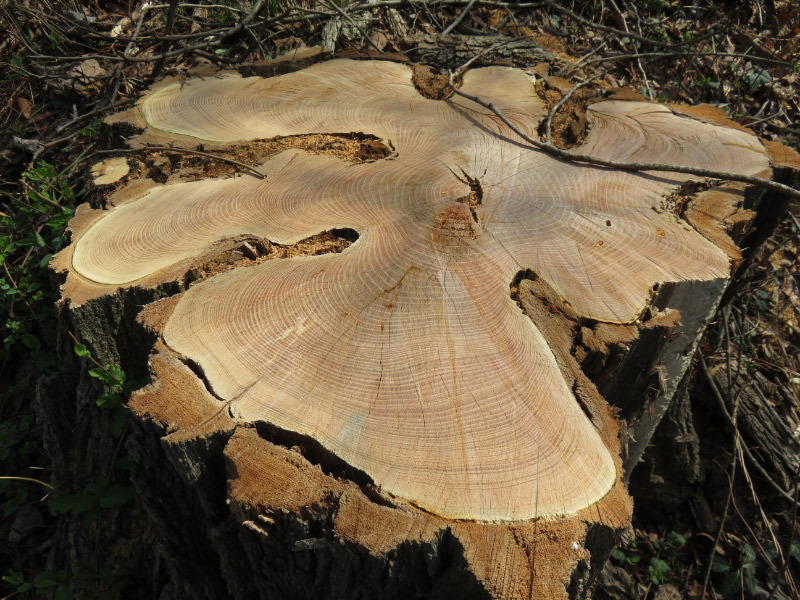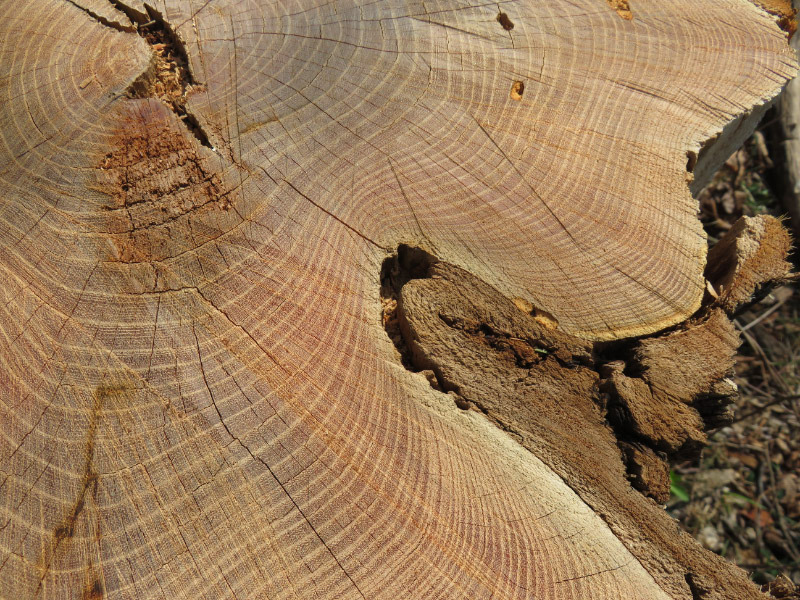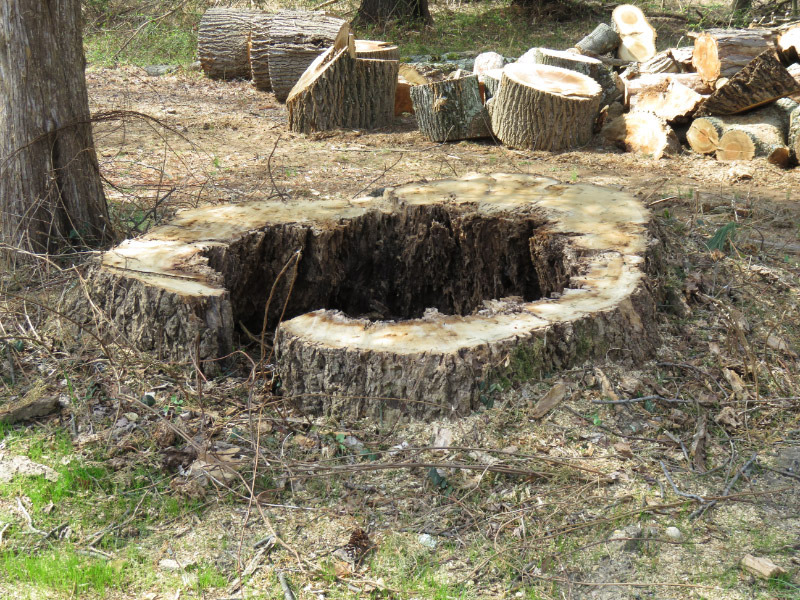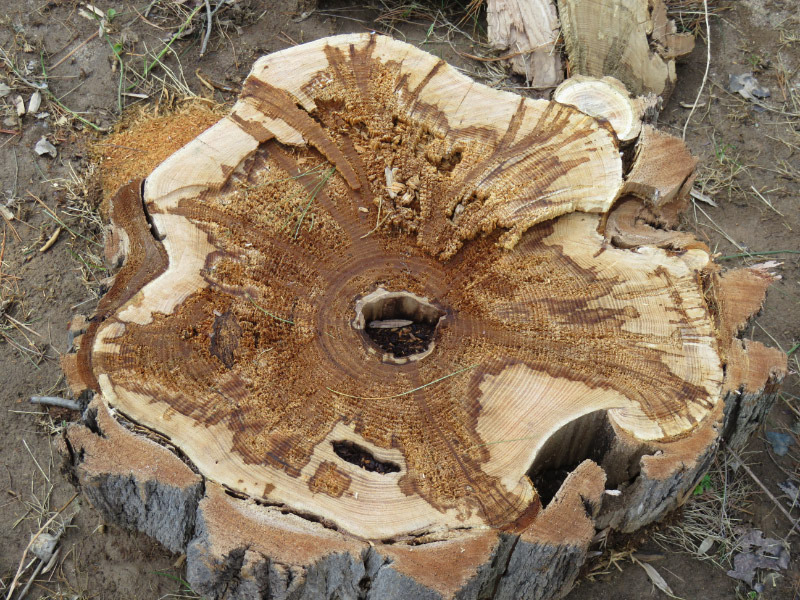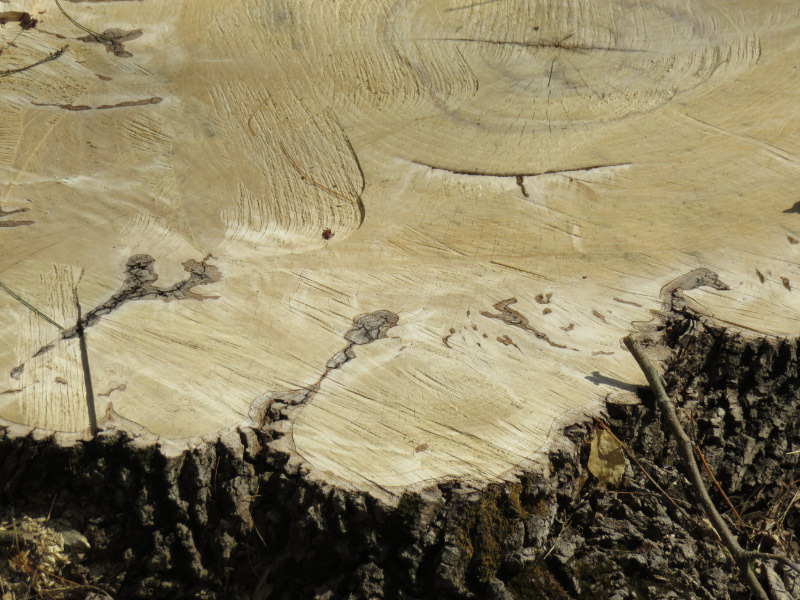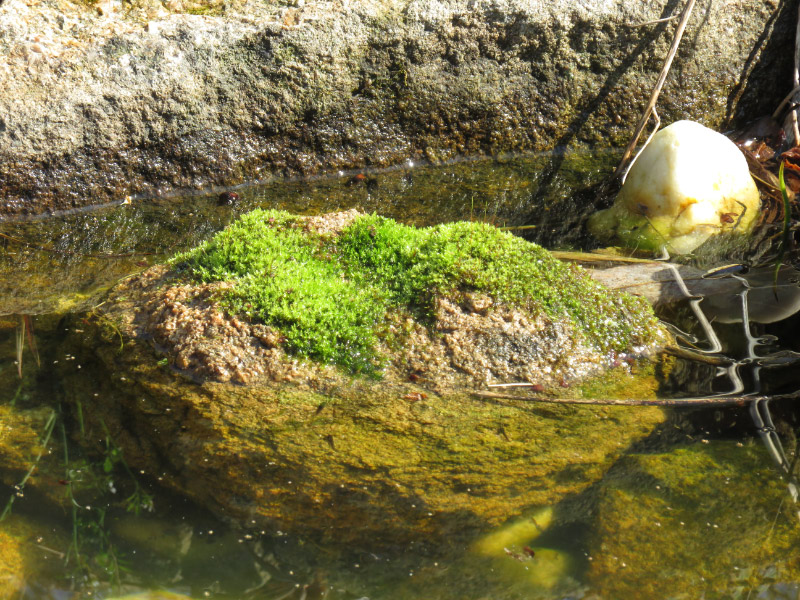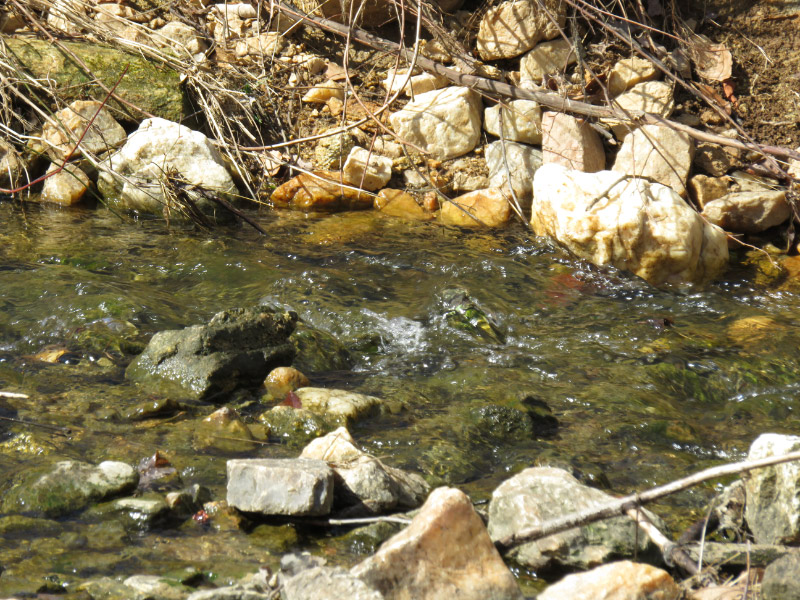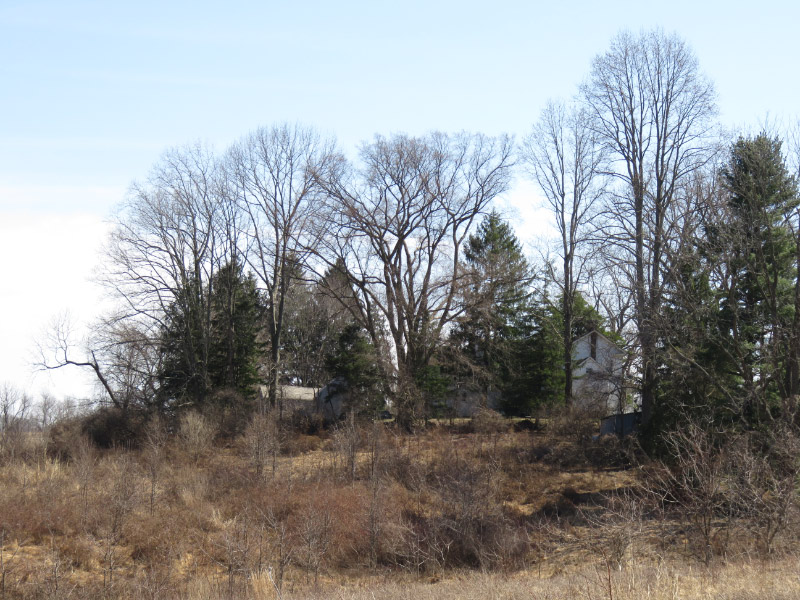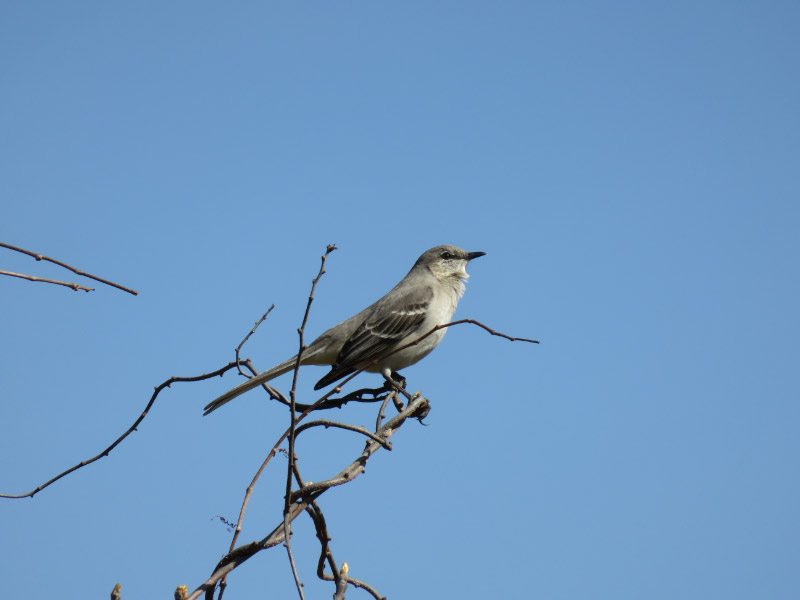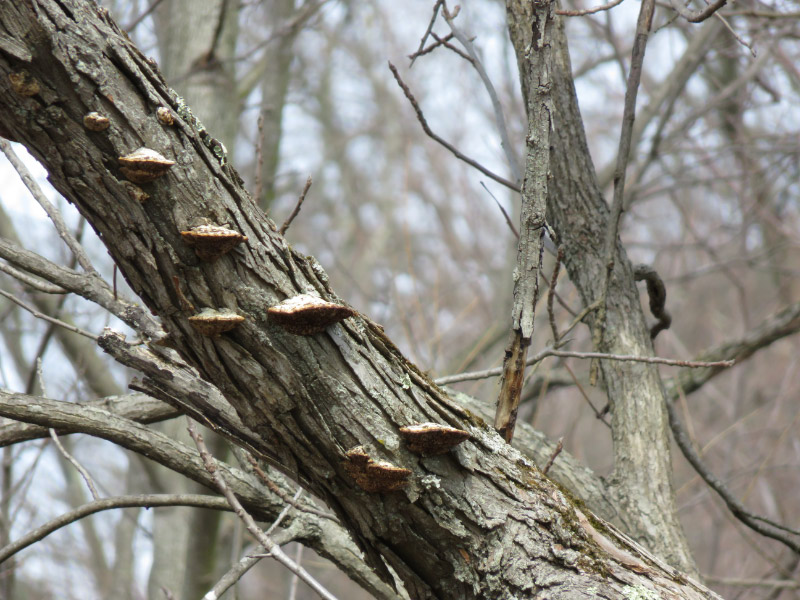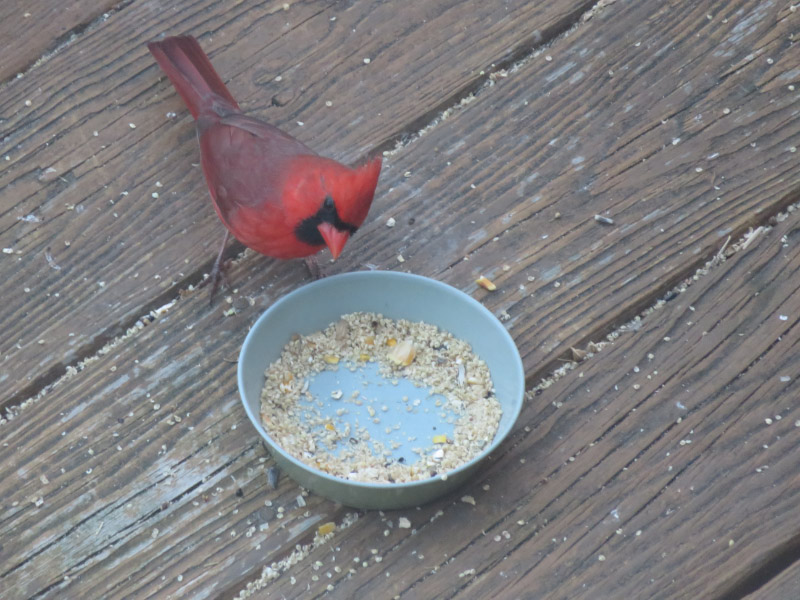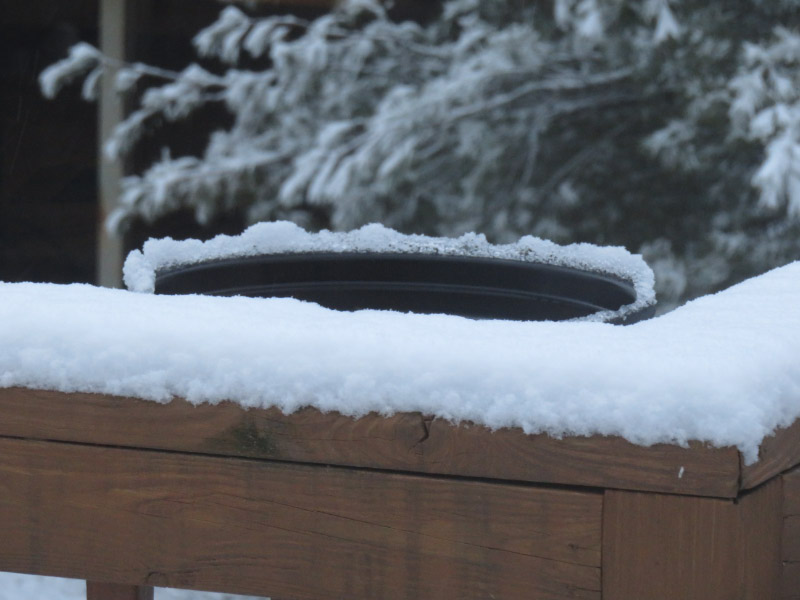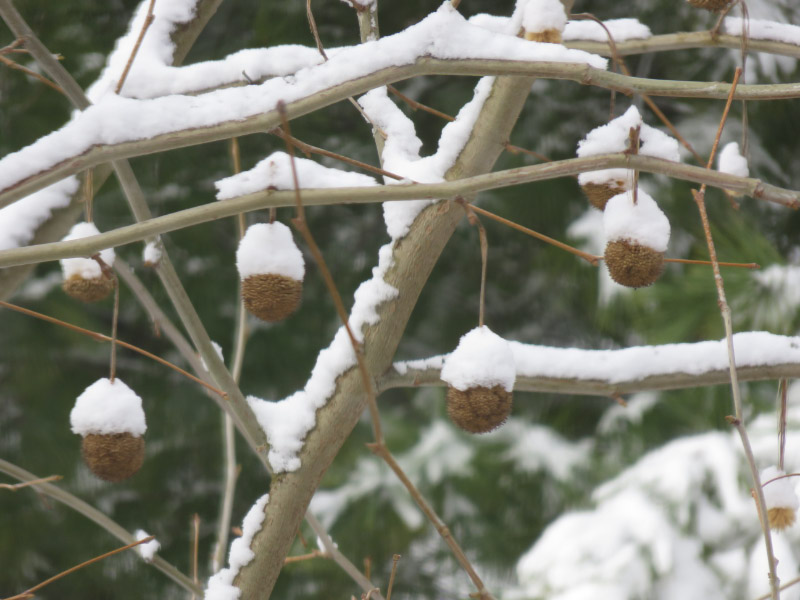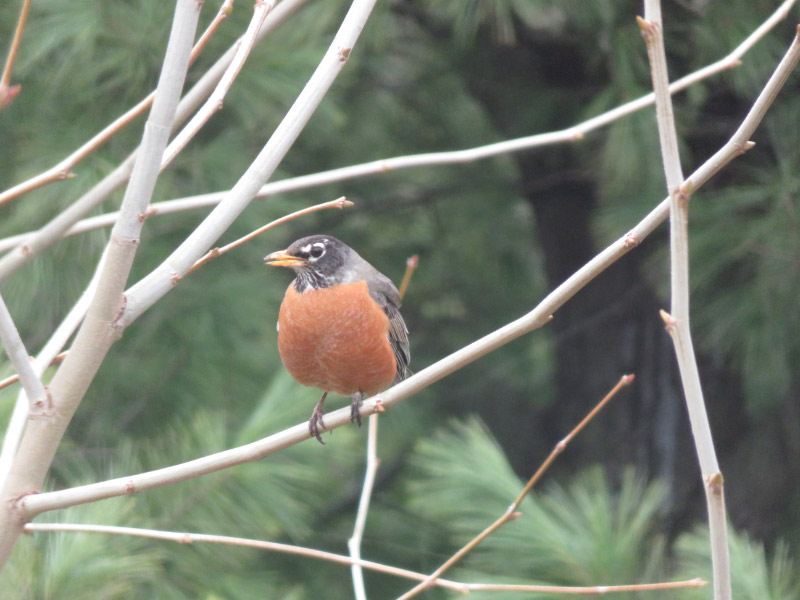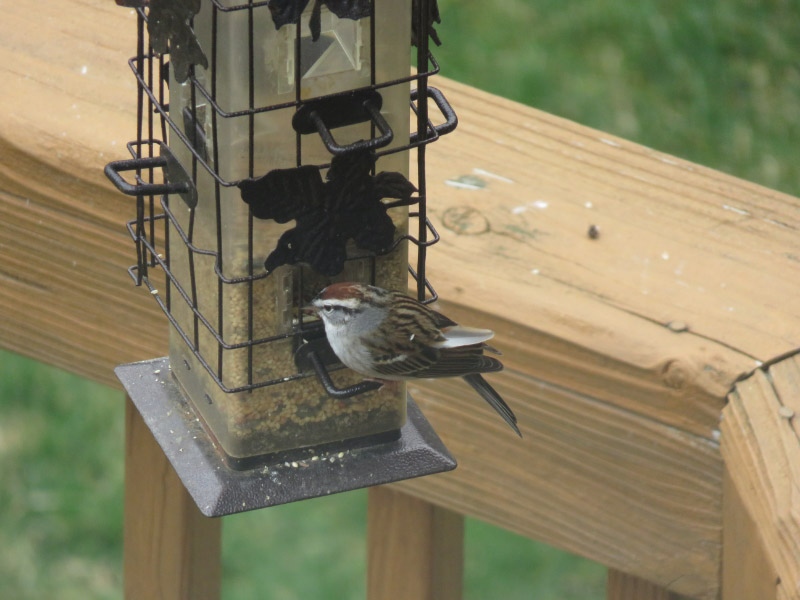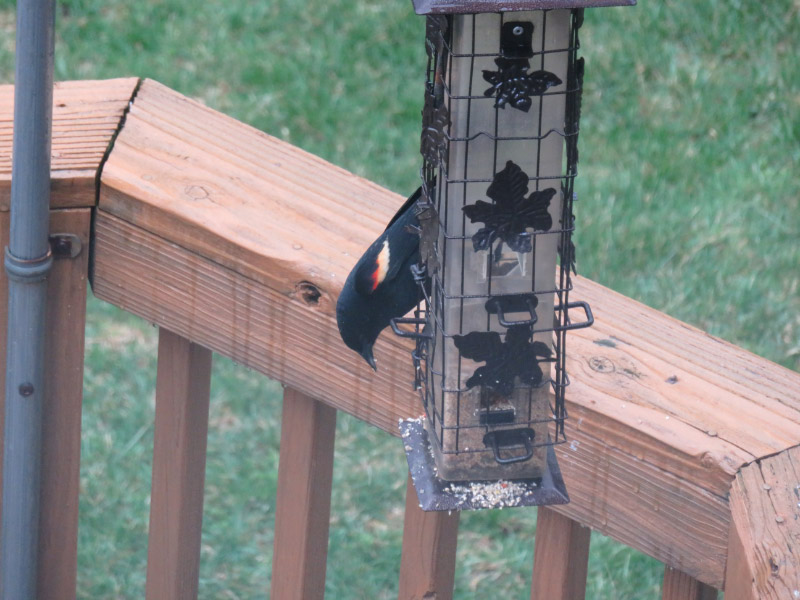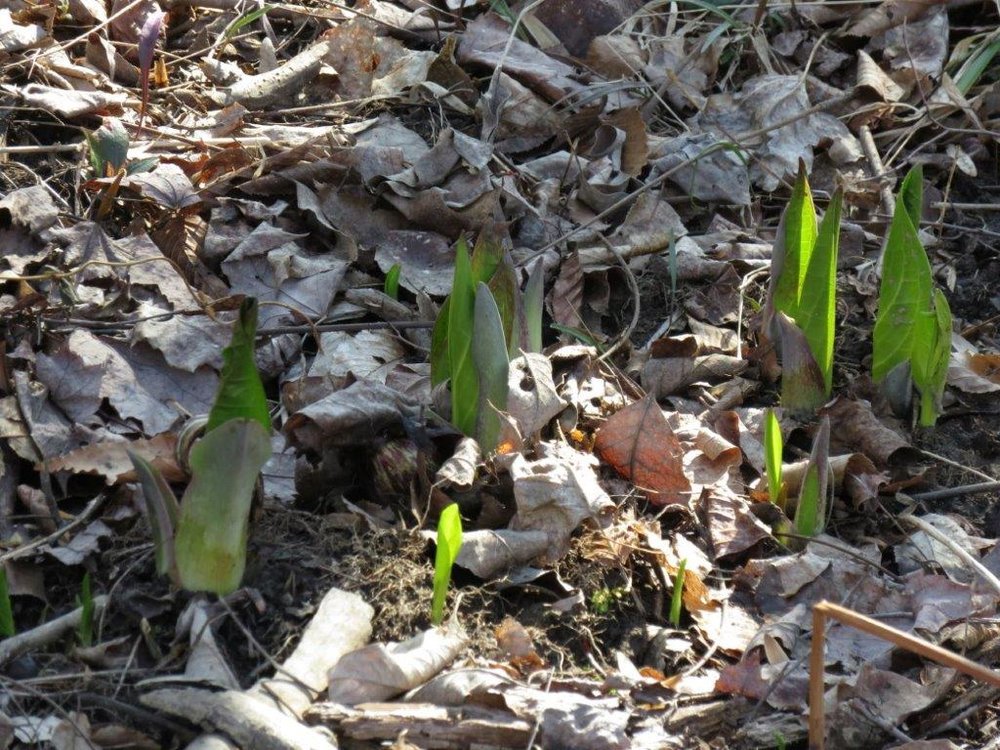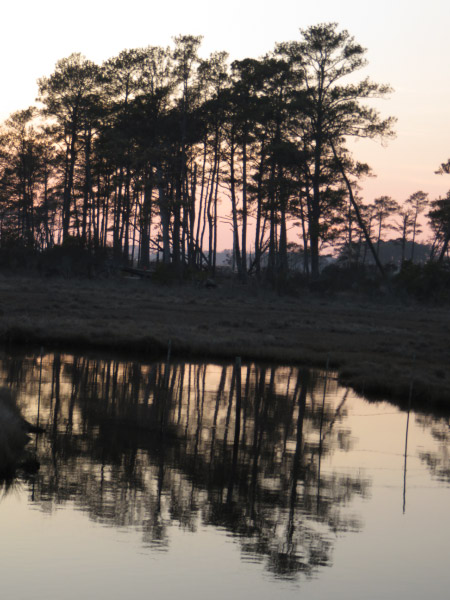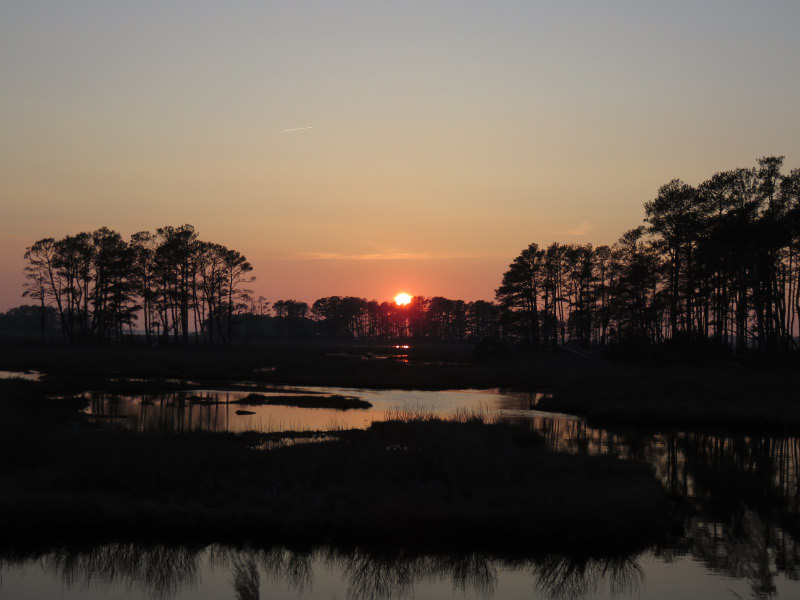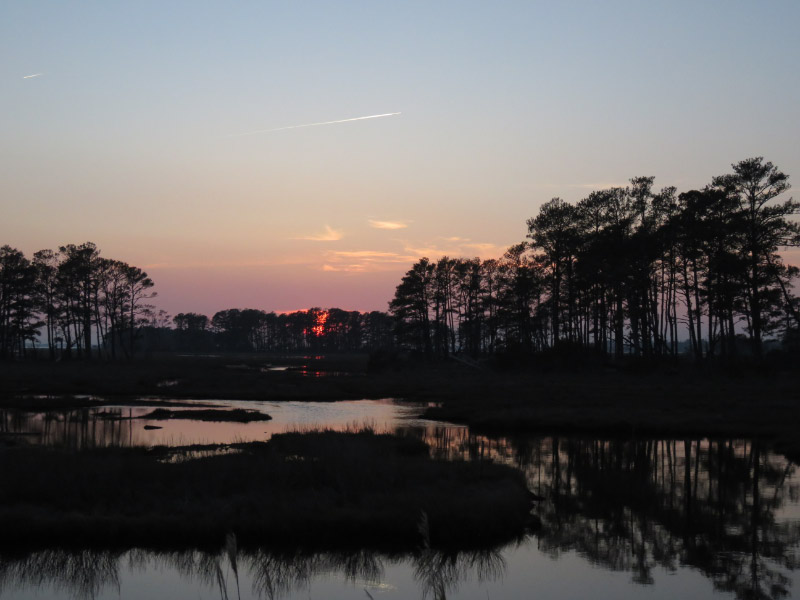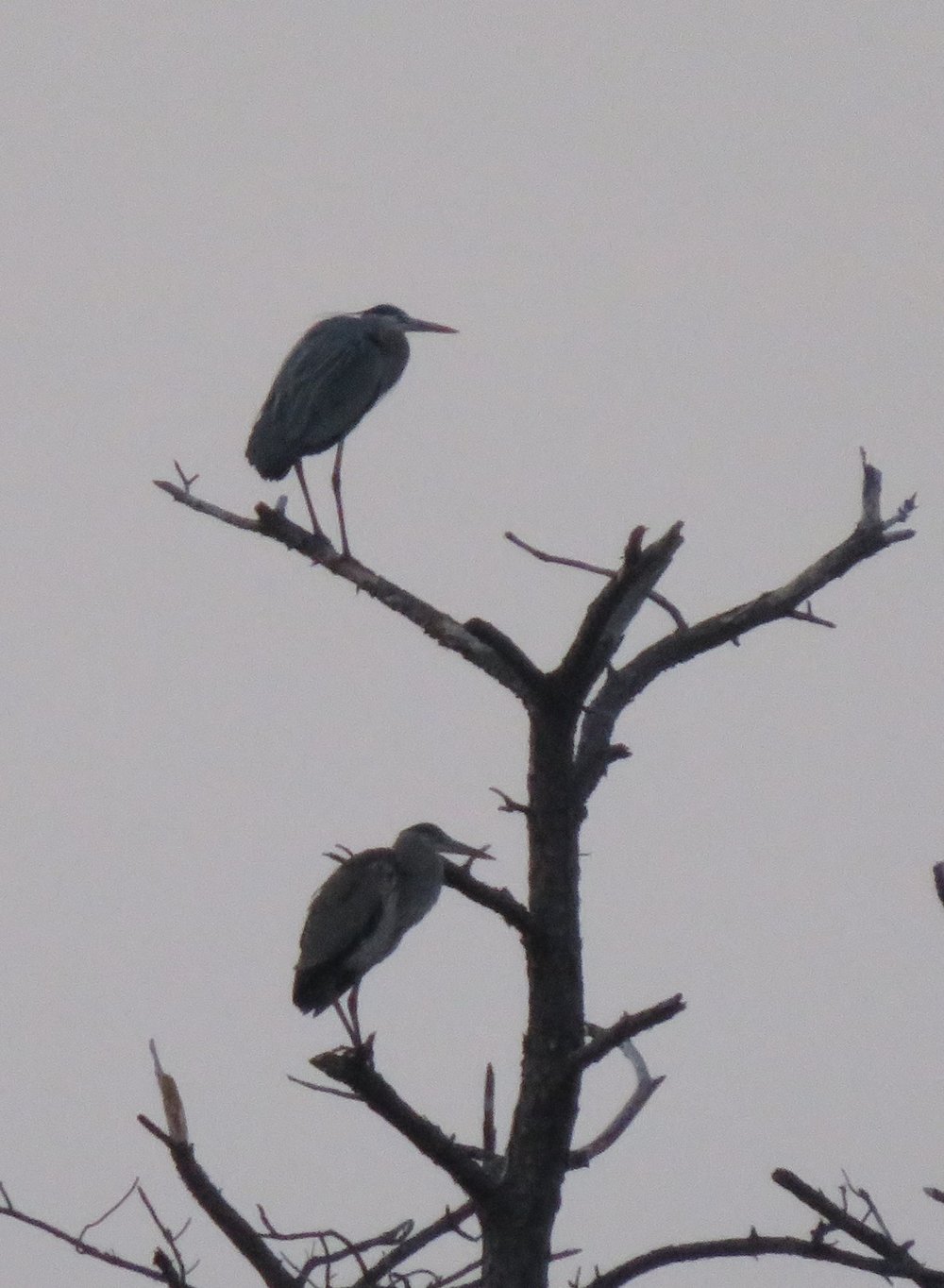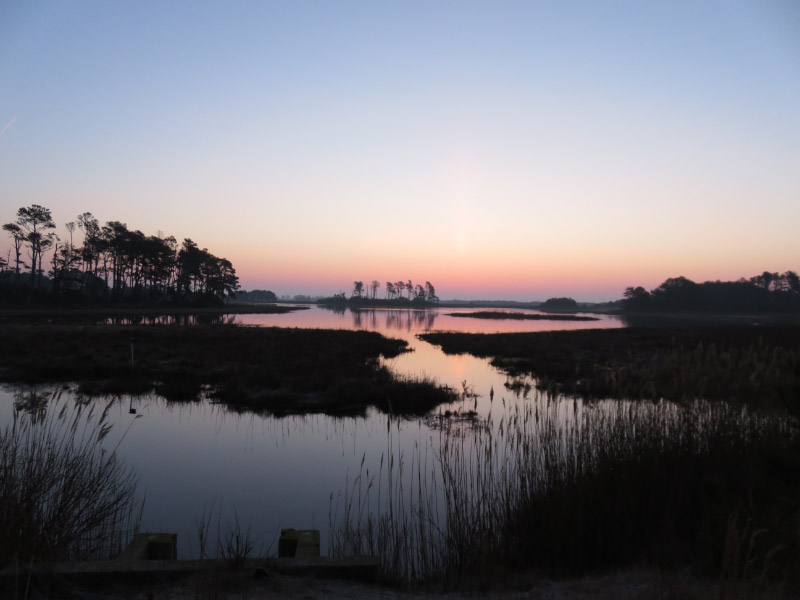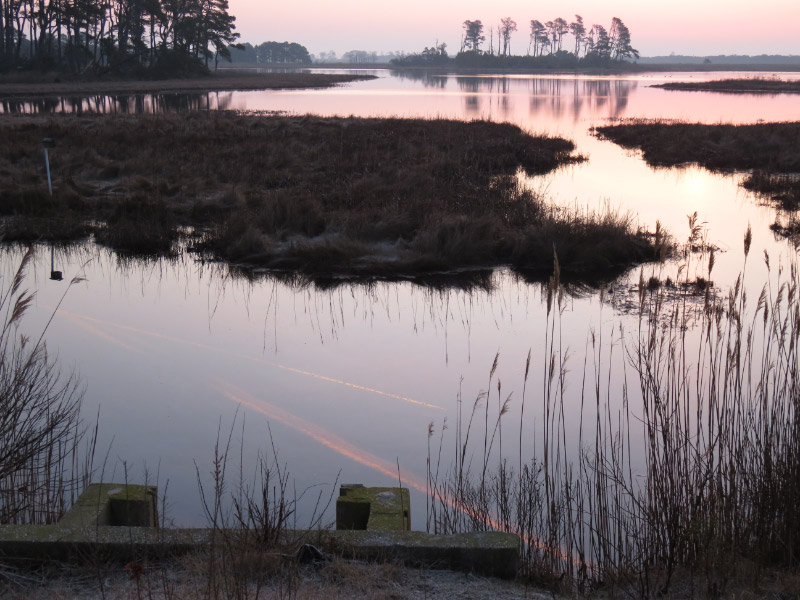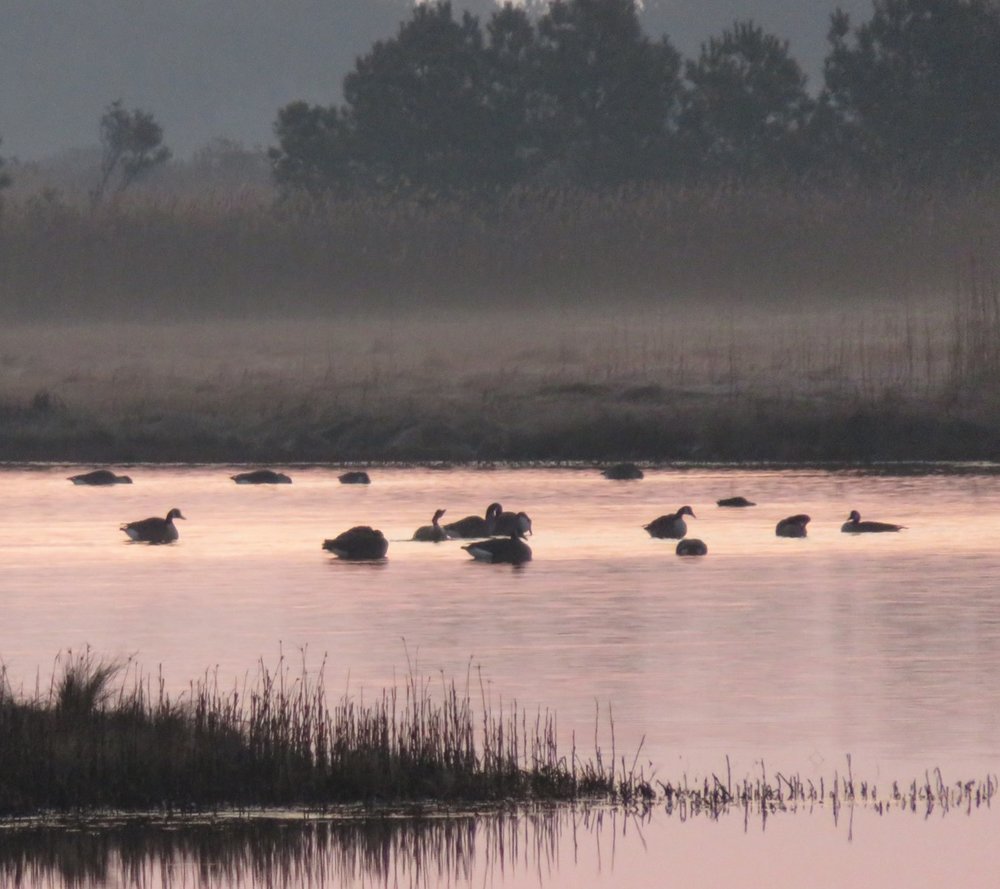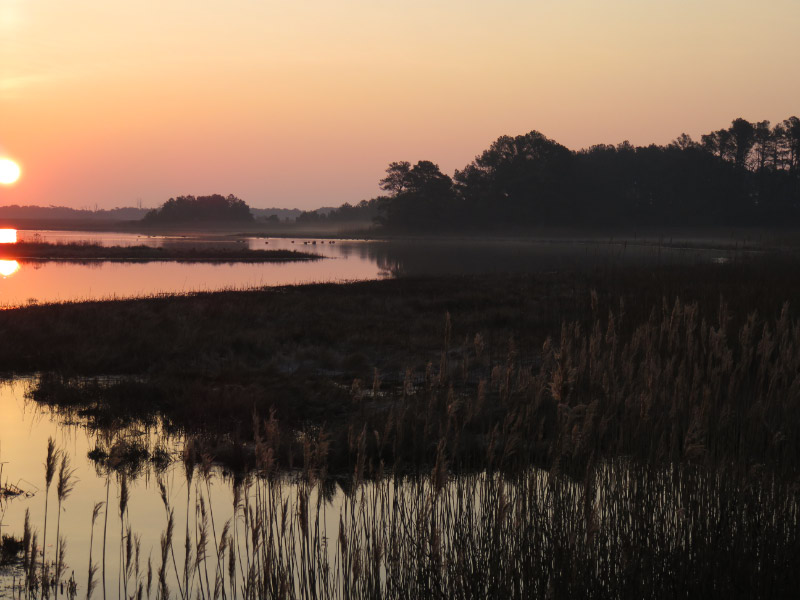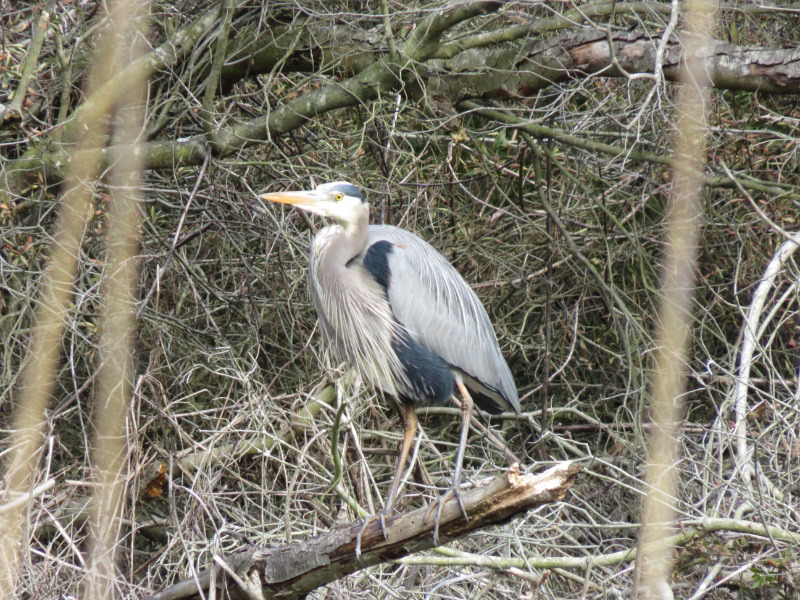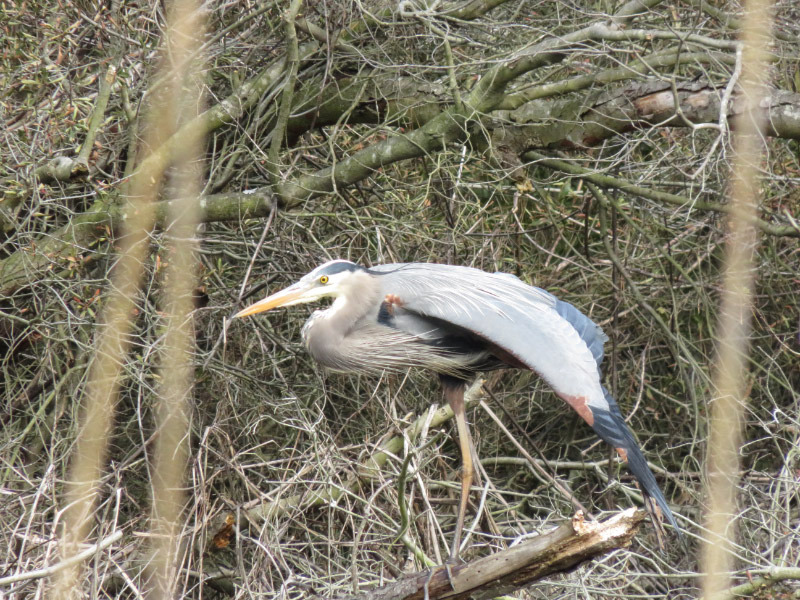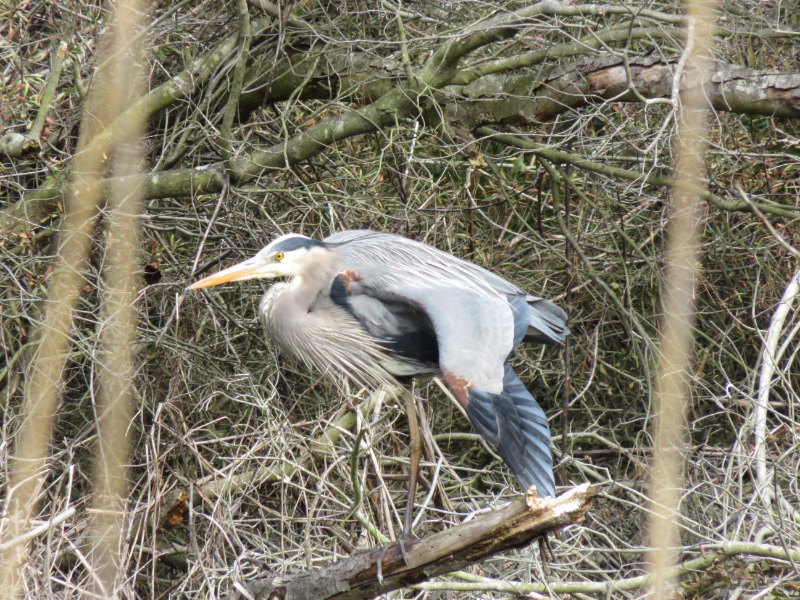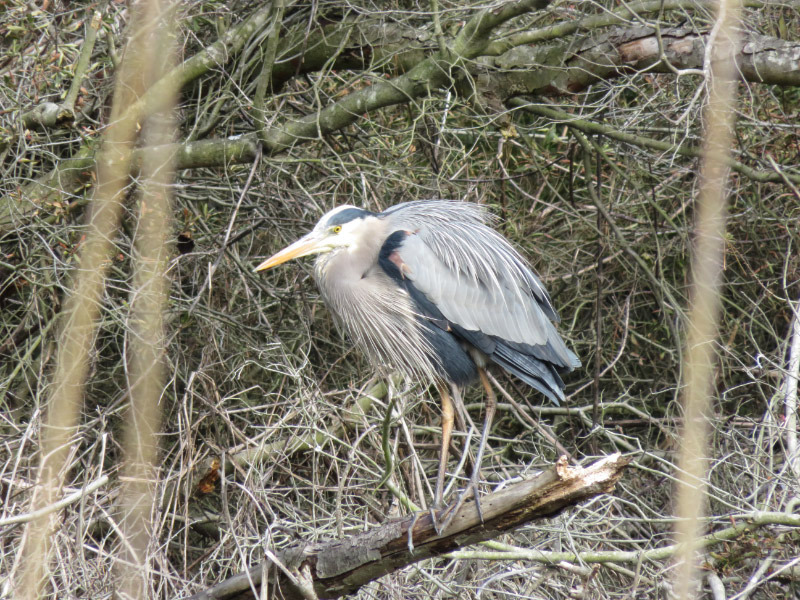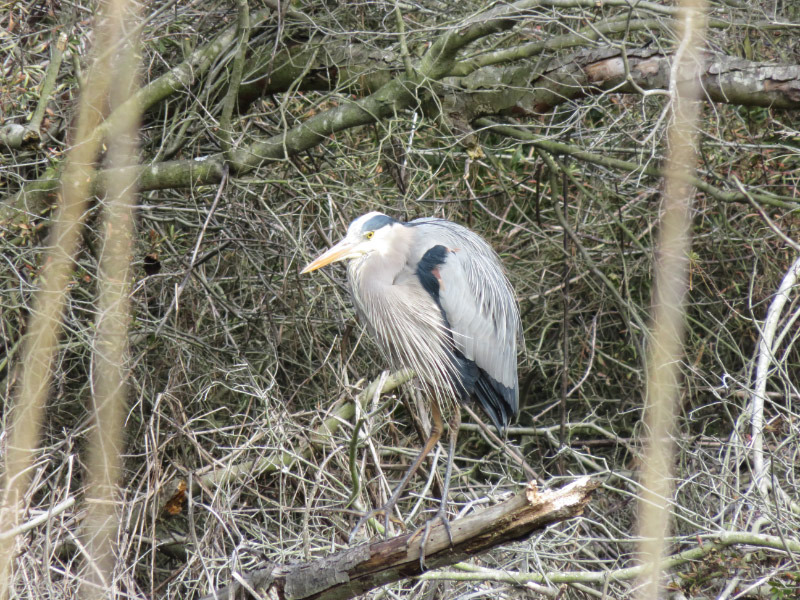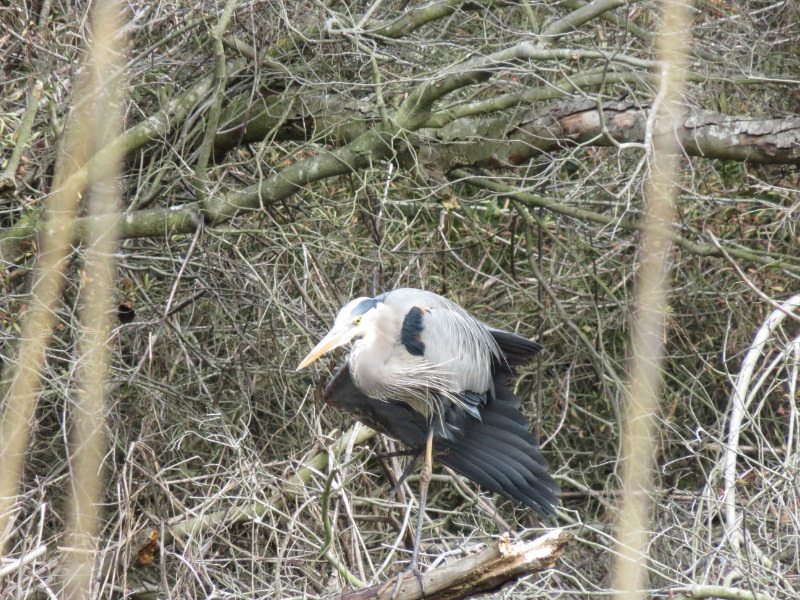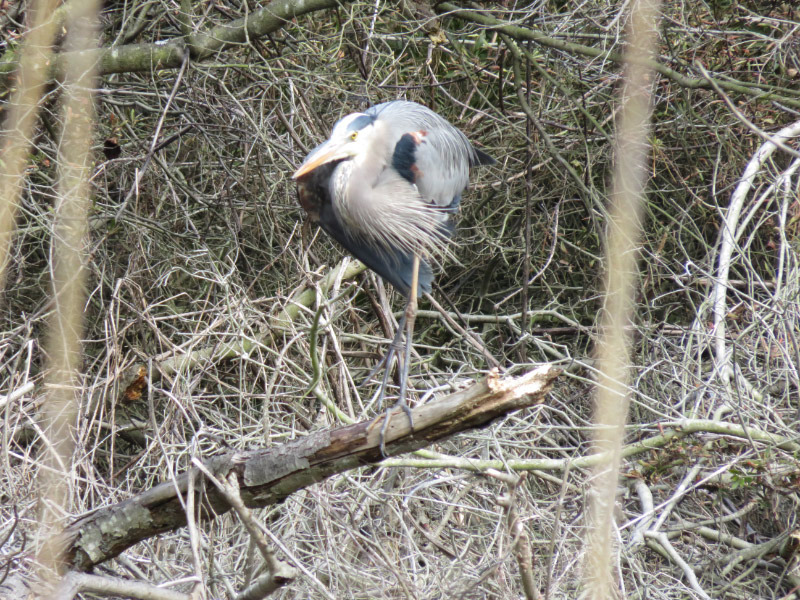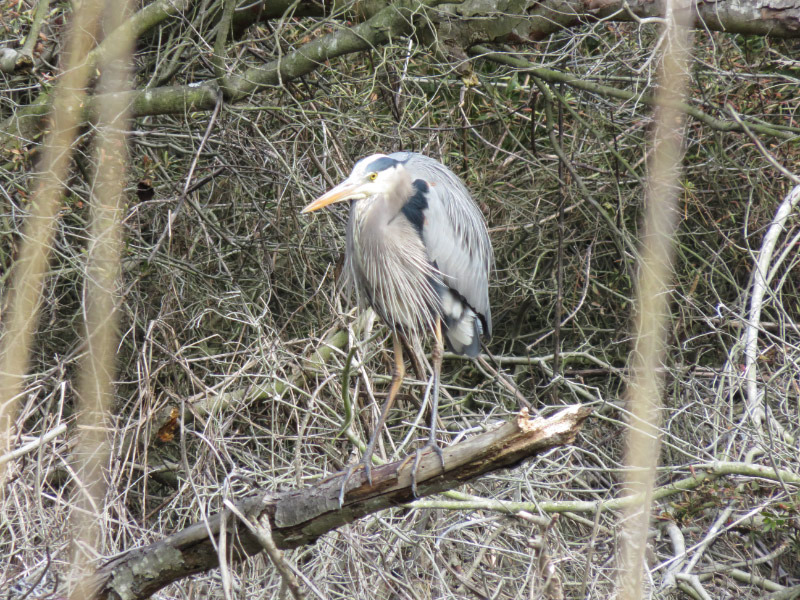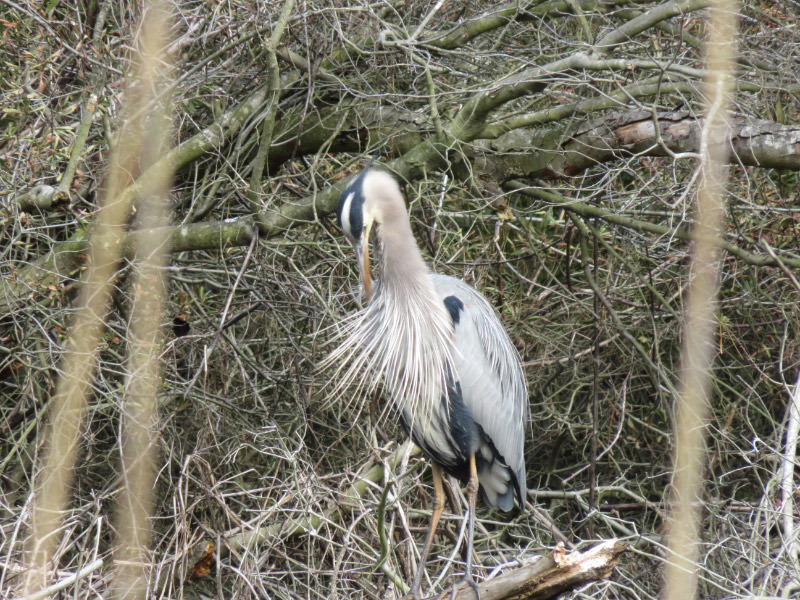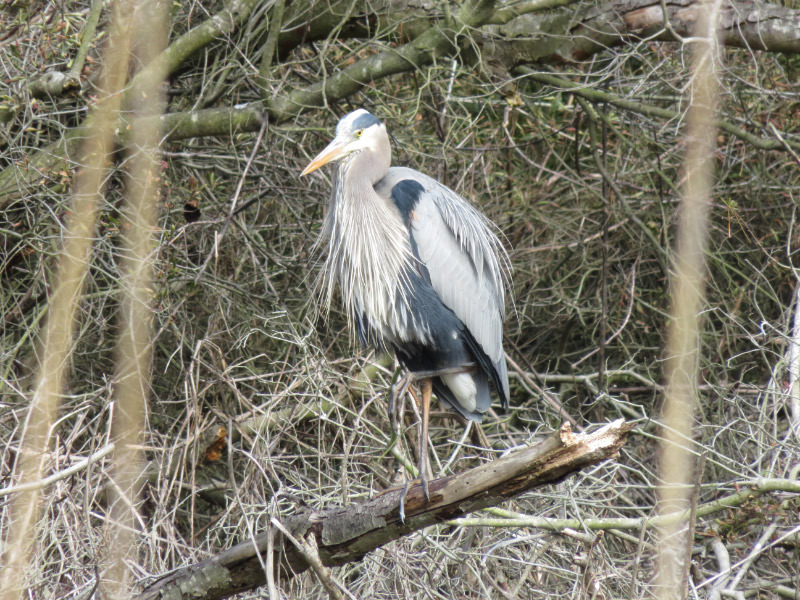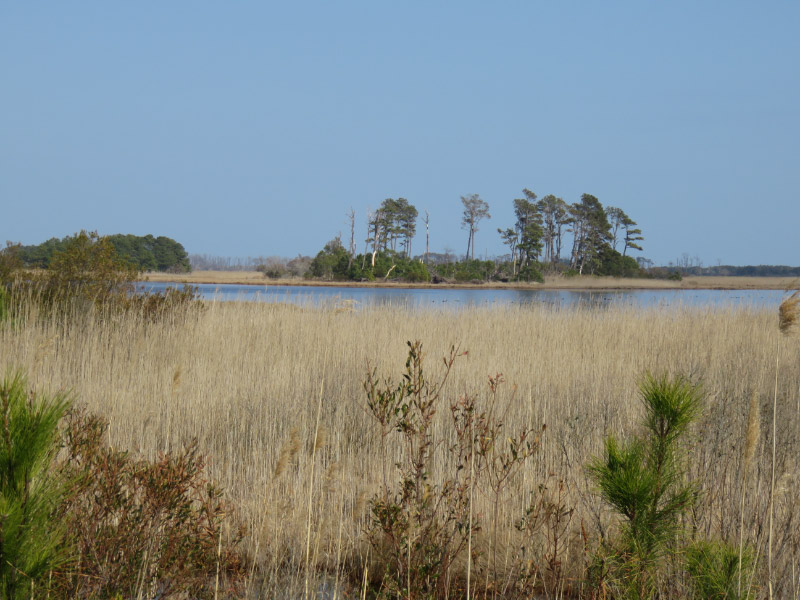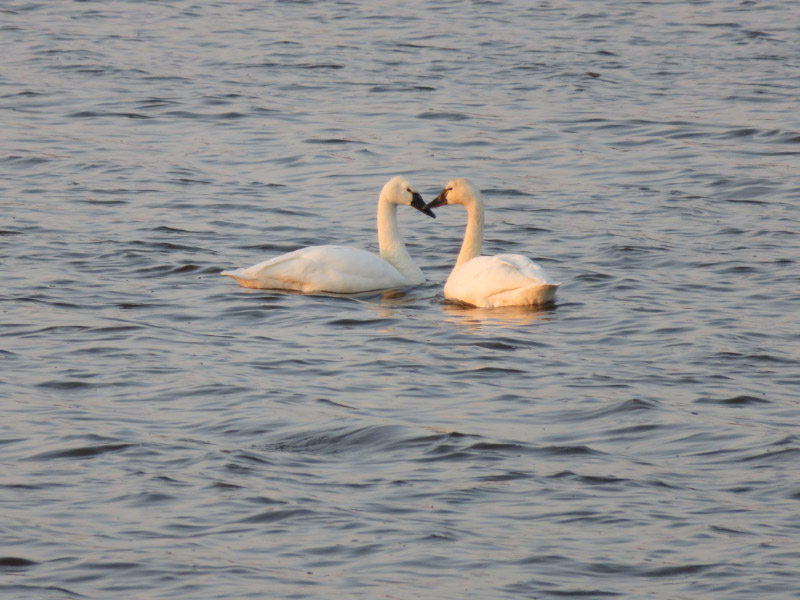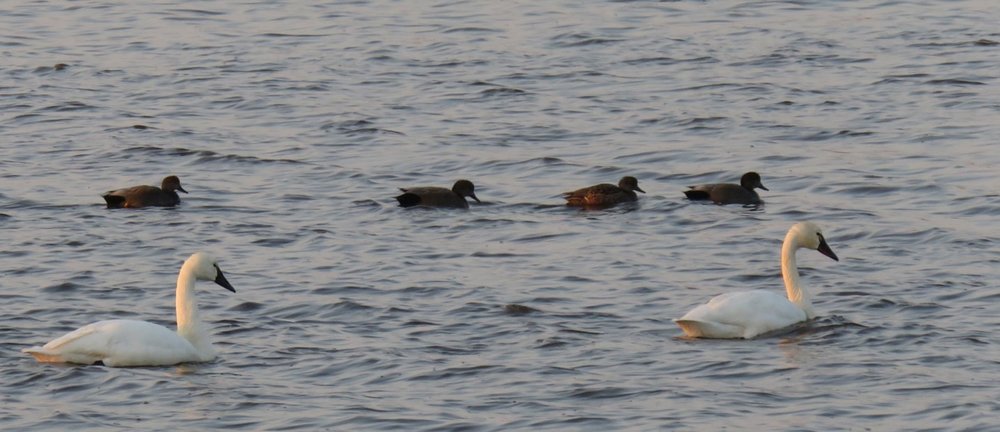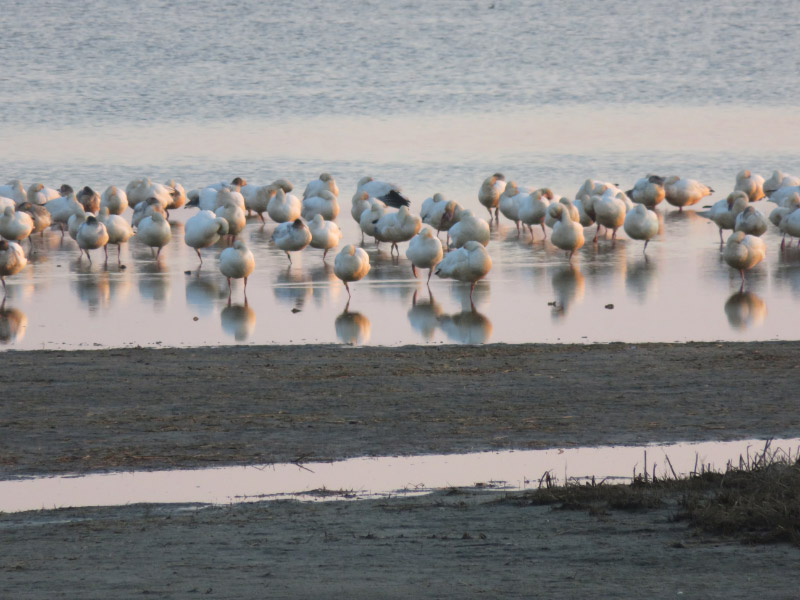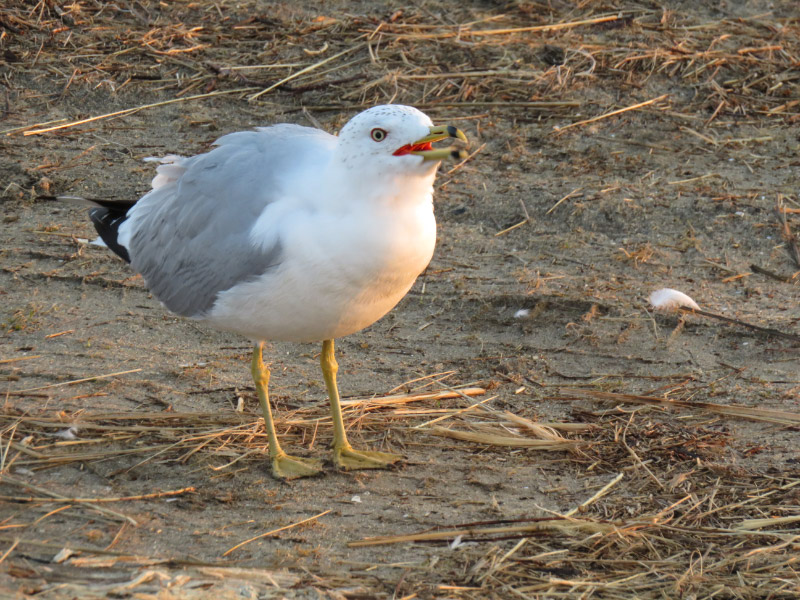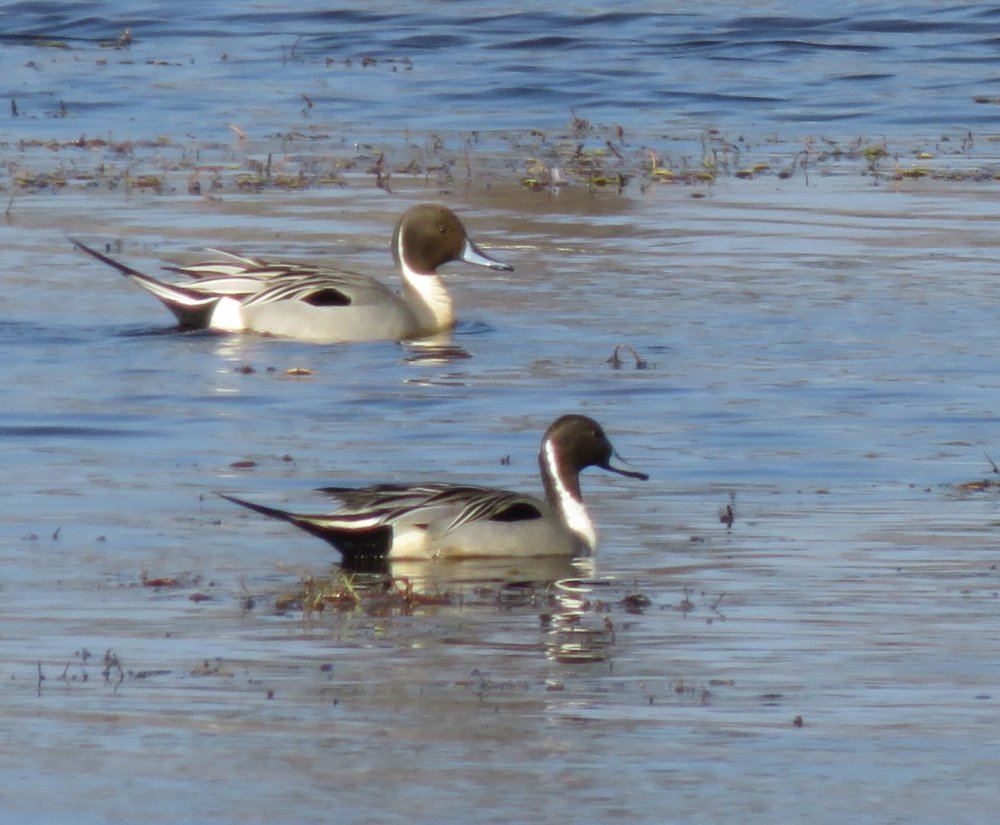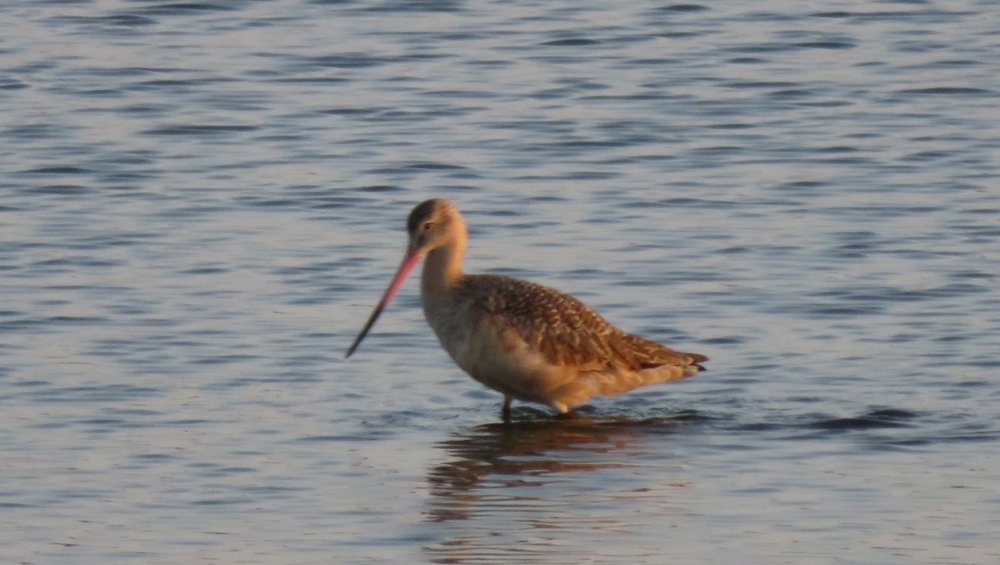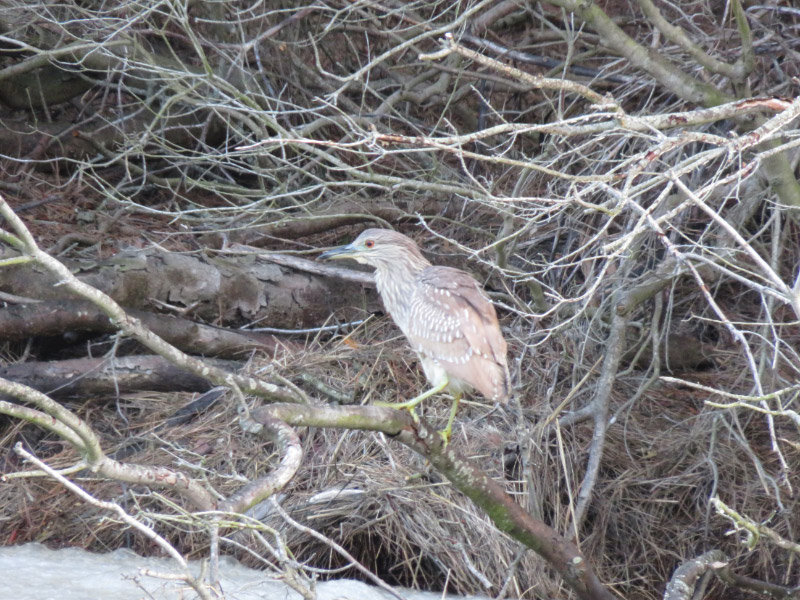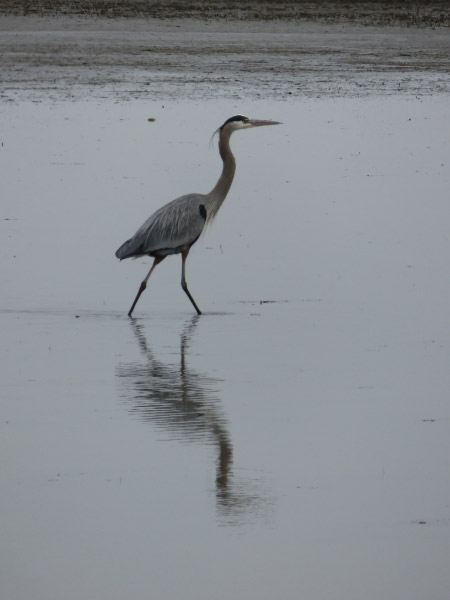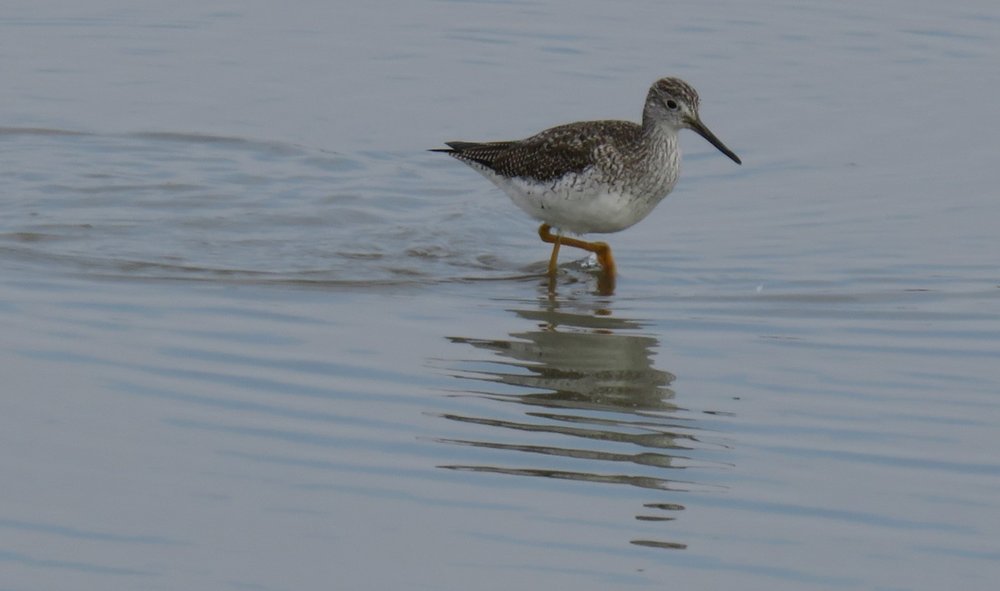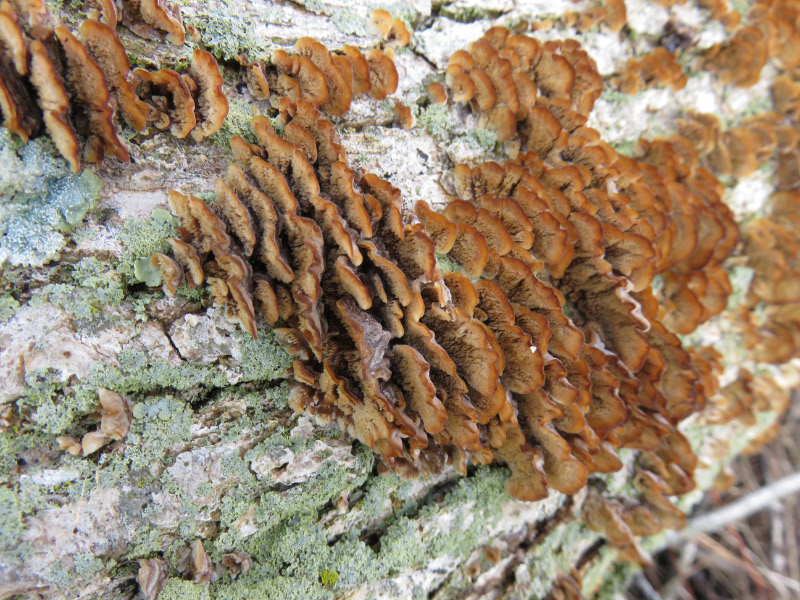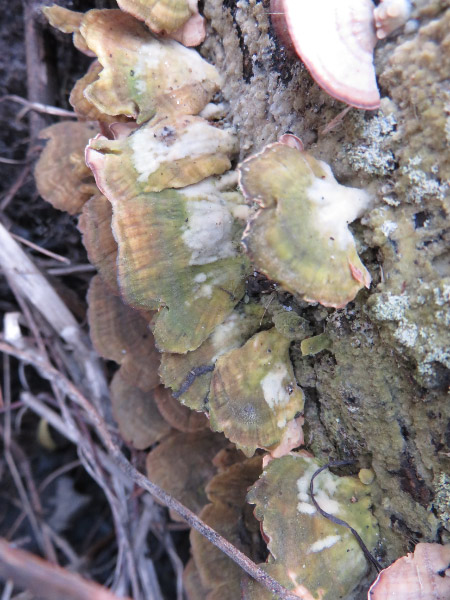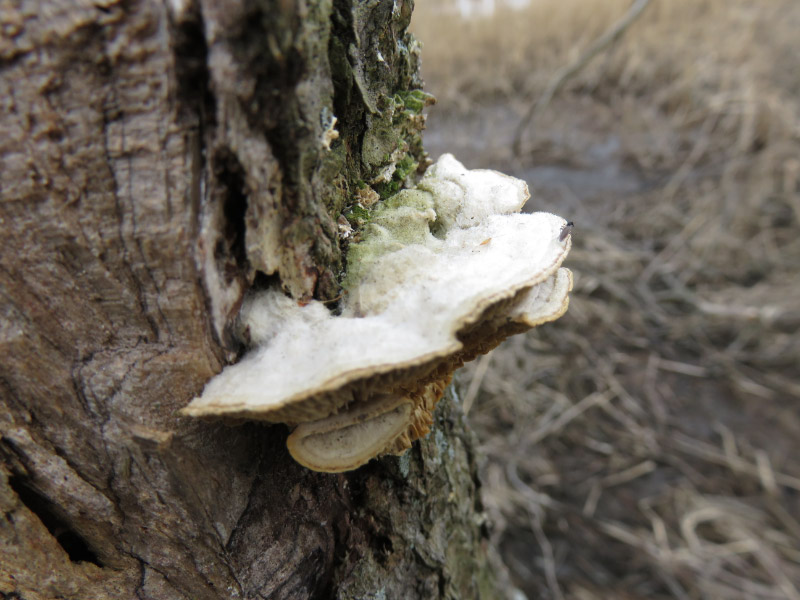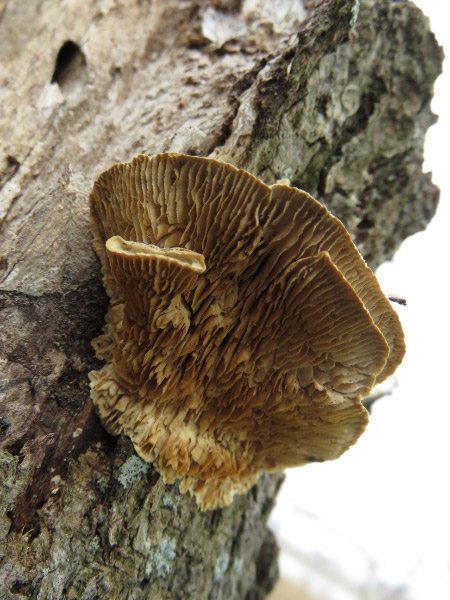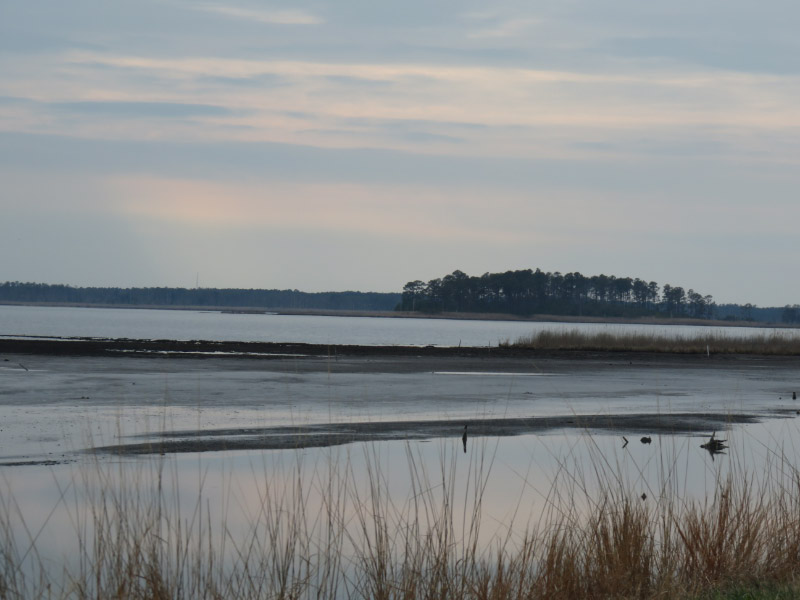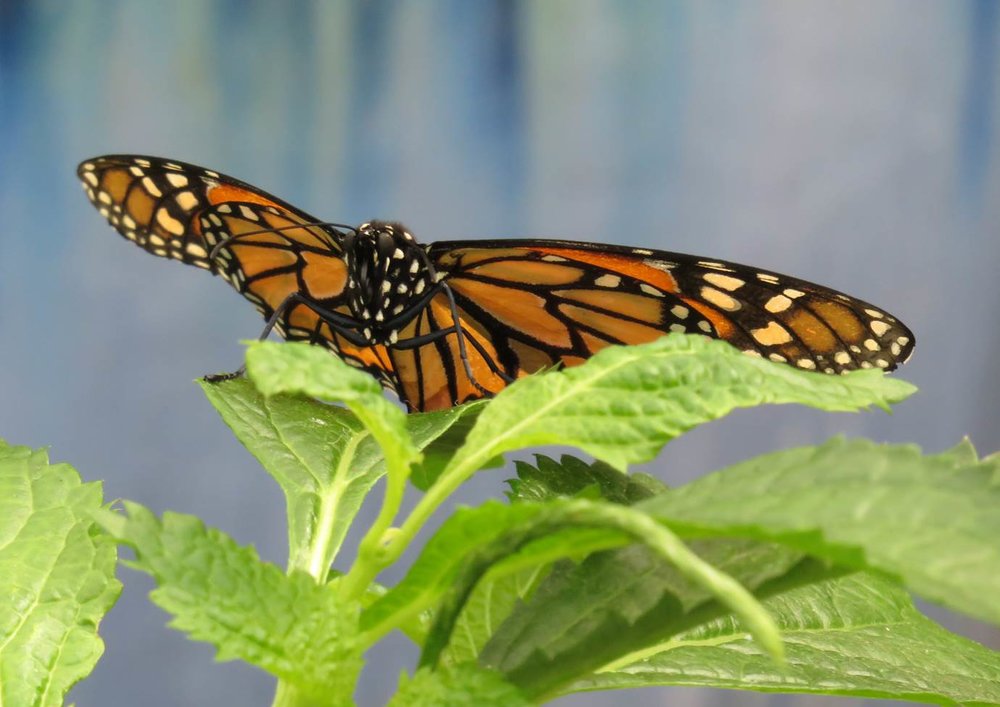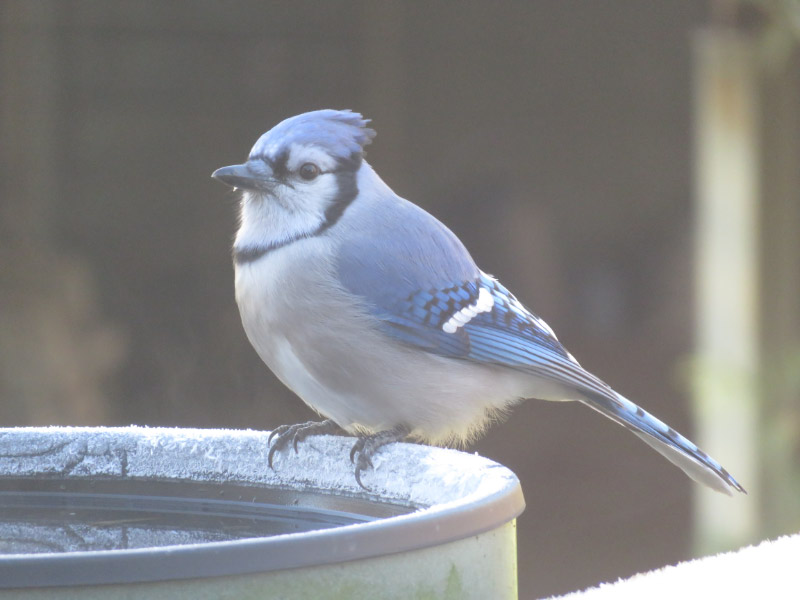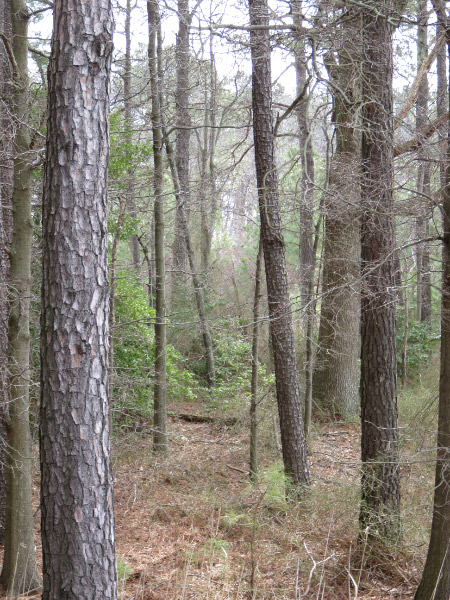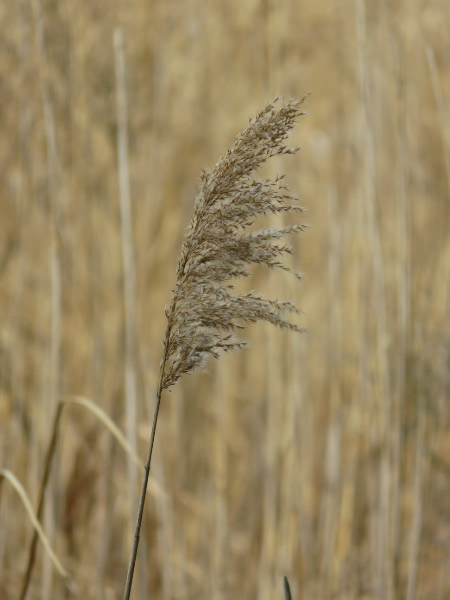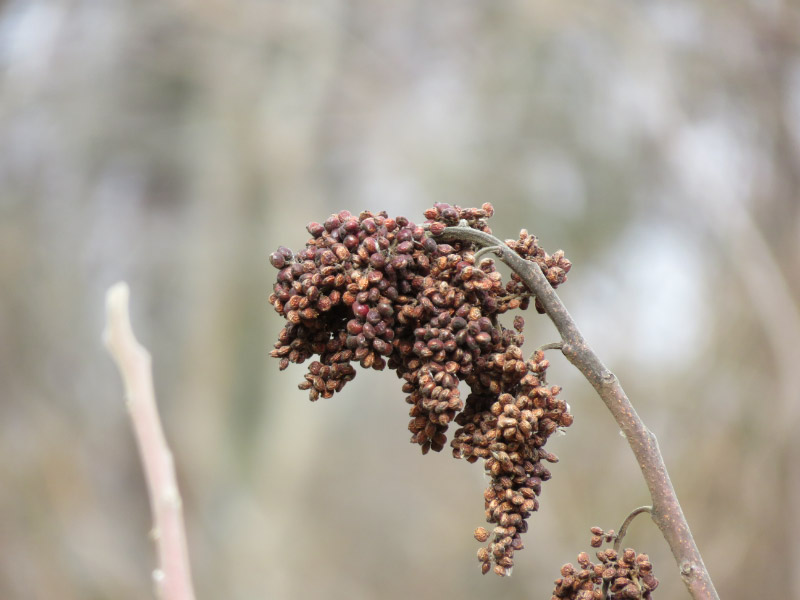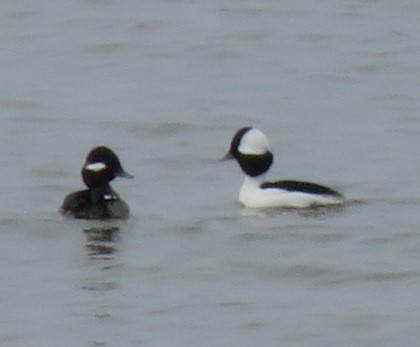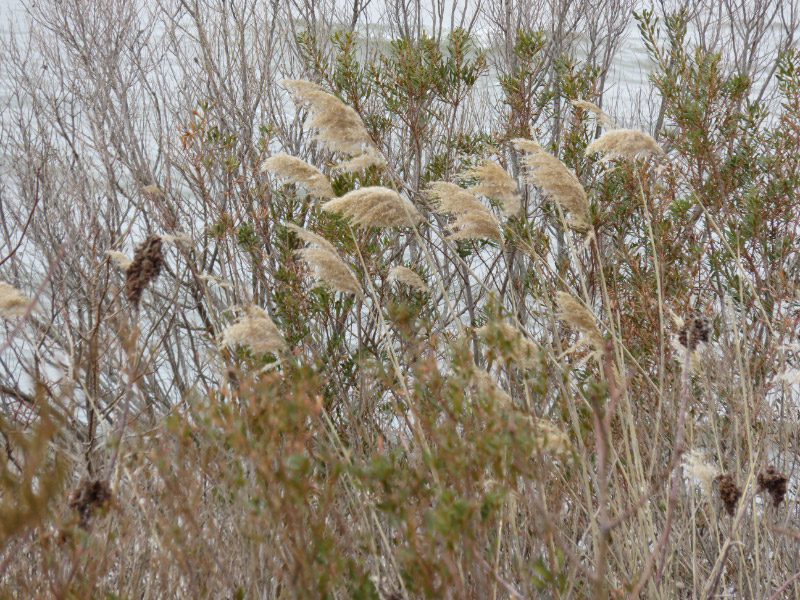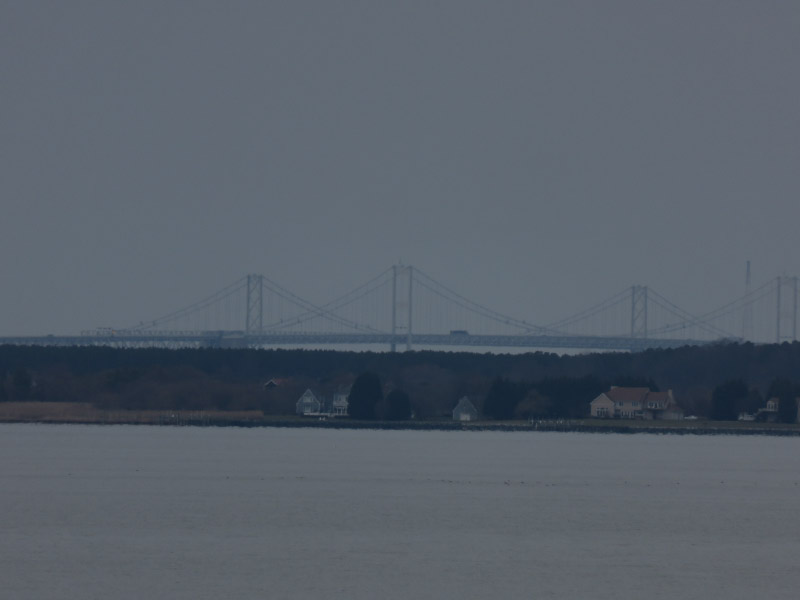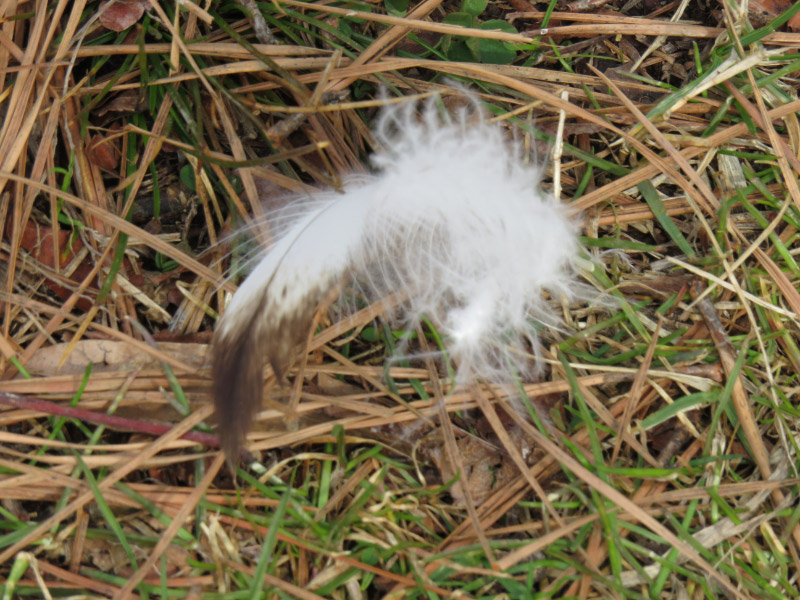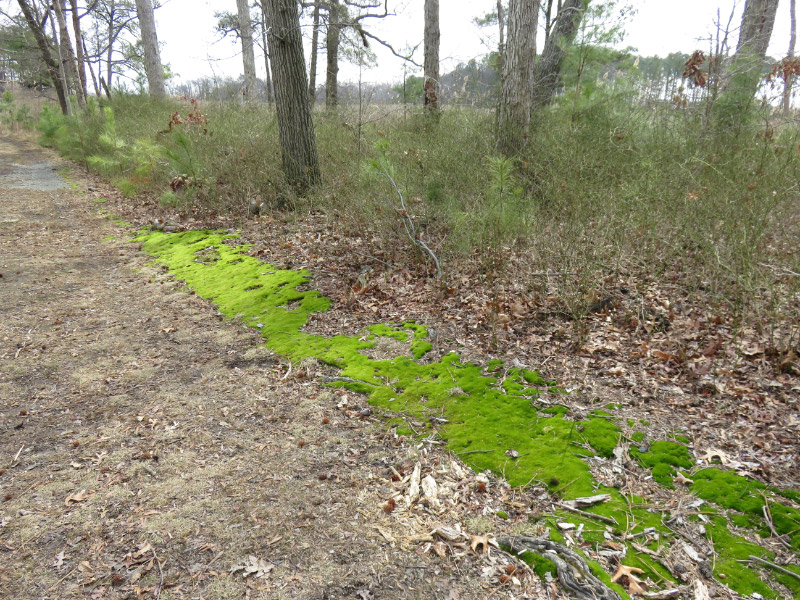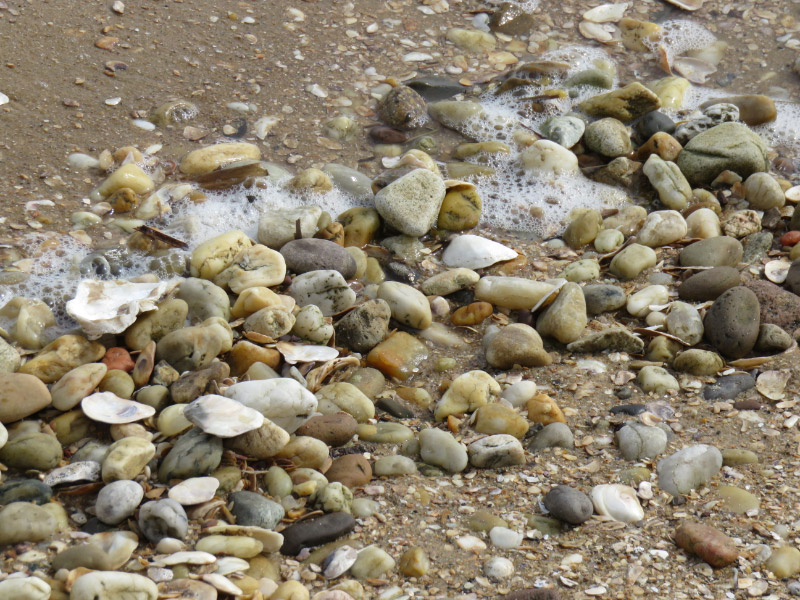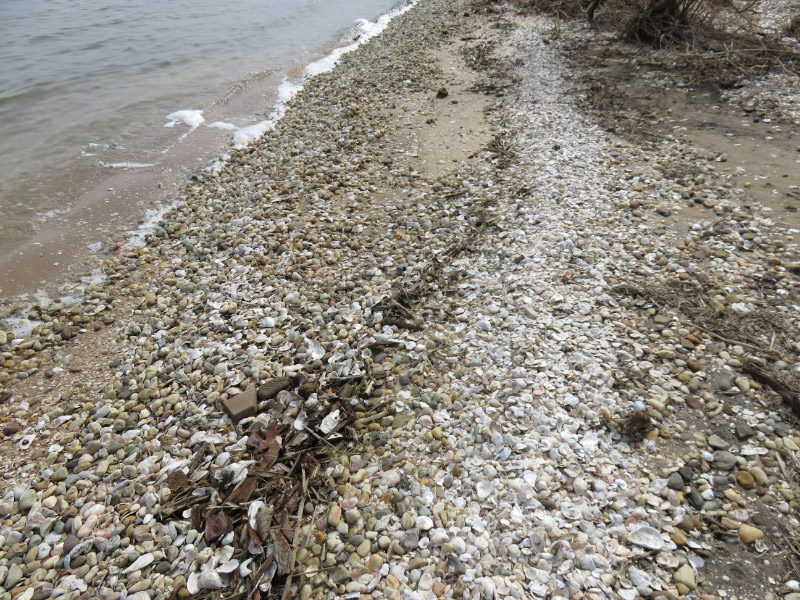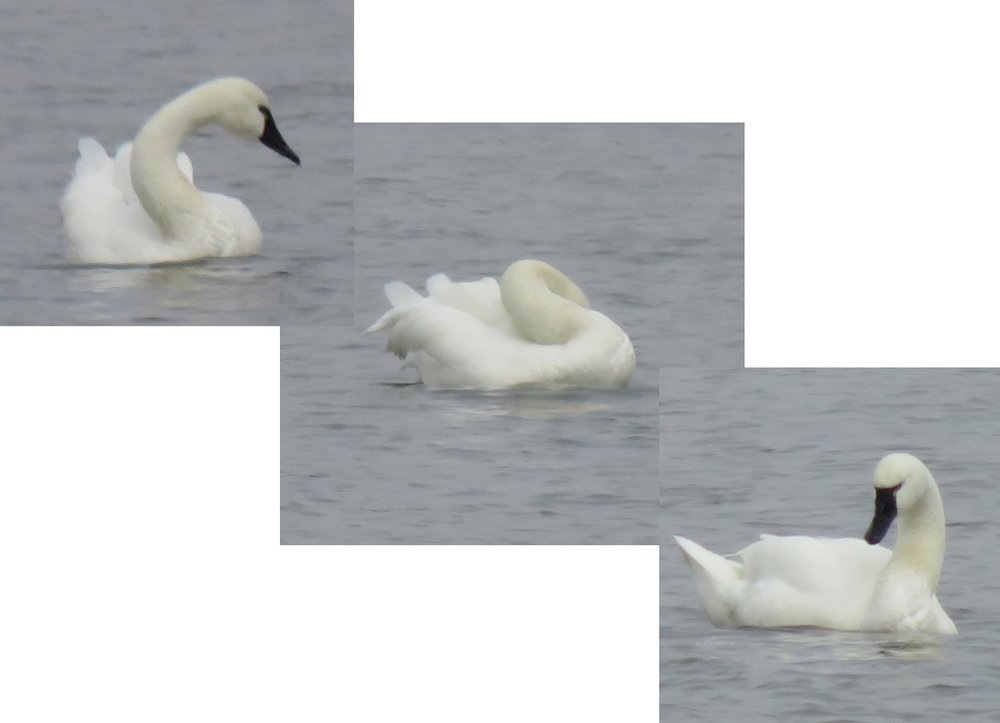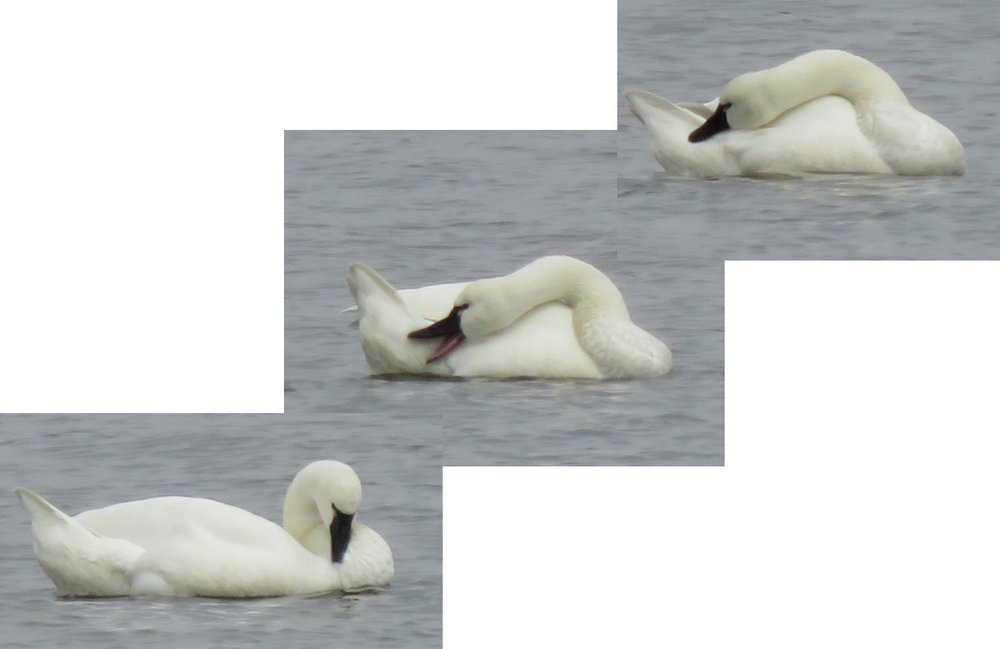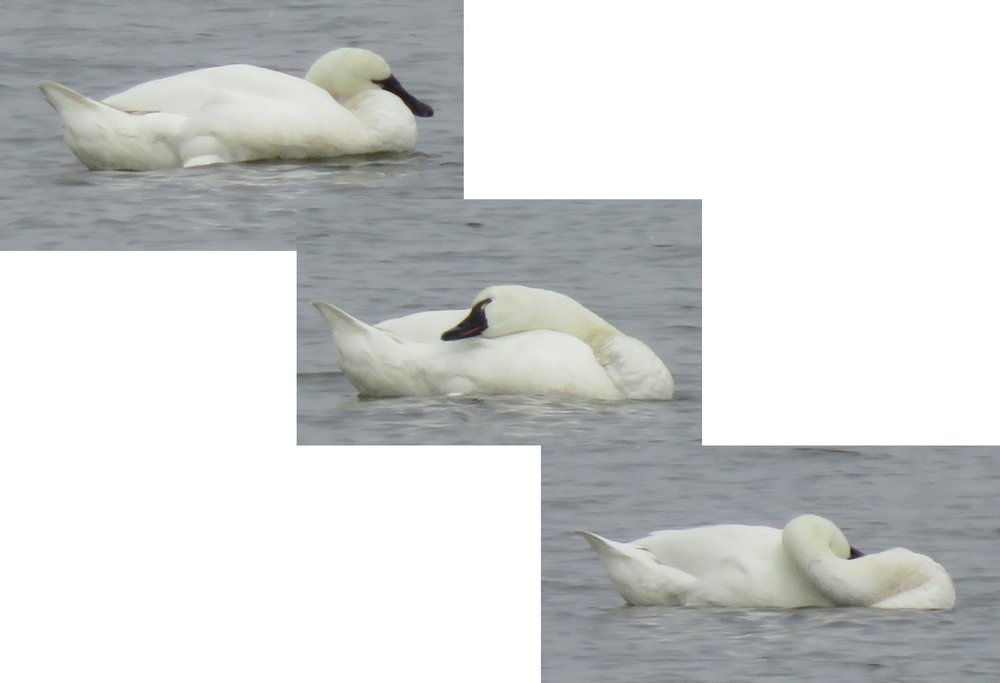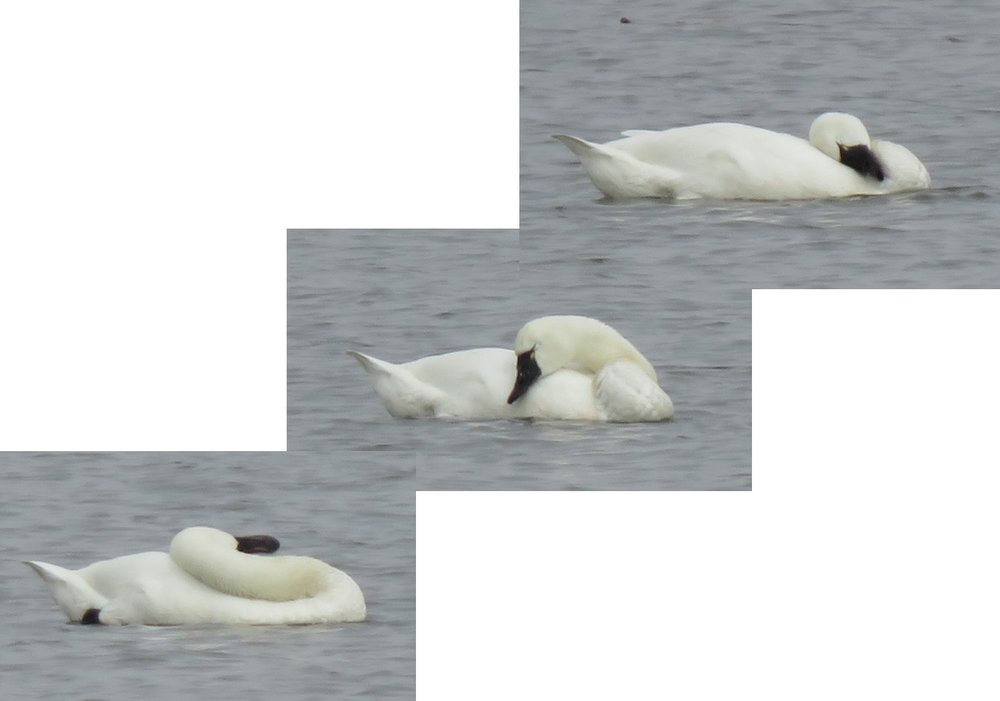I’ve been to several Howard County Conservancy training sessions at Belmont this month. The short hike associated with the first training was into the nearby woods. The trees were still very much in winter mode. A few of the young beeches retained dry leaves from last season. The large trees in this forest are beech, tulip poplar, sycamore and oak (fewer oaks, and they are smaller than the other trees).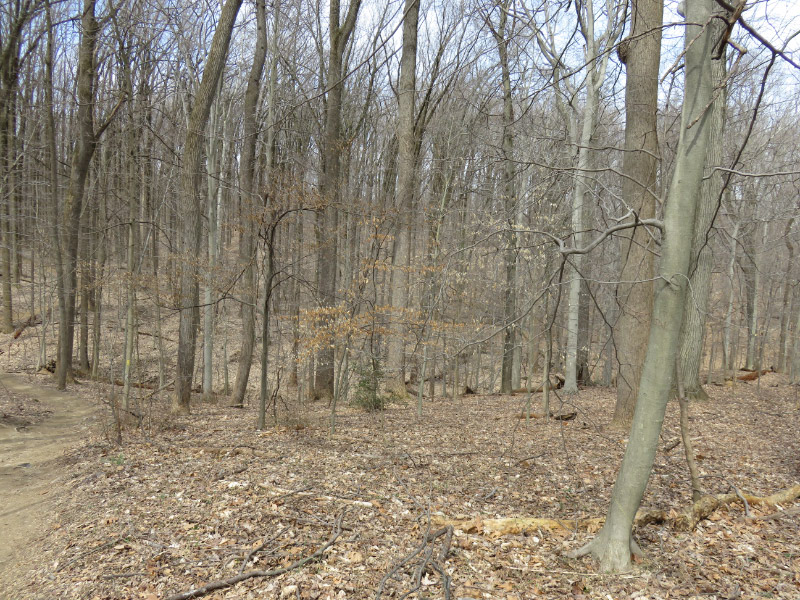
The only green around were plants close to the ground protected by the buttress roots of trees or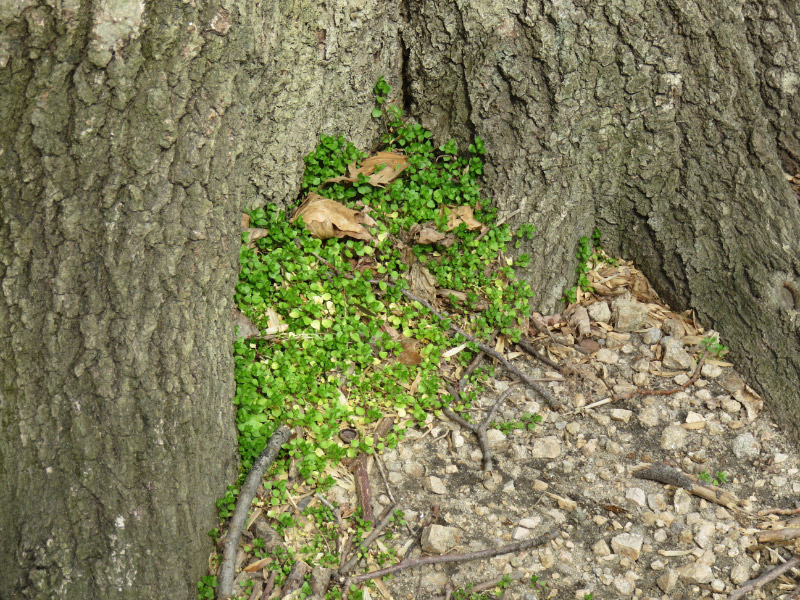
 Moss growing on tree trunks.
Moss growing on tree trunks.
The next training had a hike that went out to the cemetery on the property. Just outside the fence is a huge tulip poplar. There is a hollow place on the side of the trunk toward the fence and it is unclear how far up the tree that hollow goes.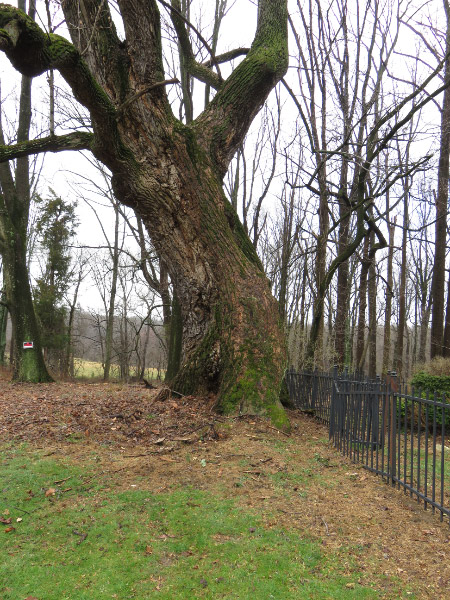
There is a row of White Pines with picnic tables underneath. I’ve never stopped there for a picnic but last summer the area under the pines was a good place to look for mushrooms to photograph.
We hiked back to the front of the manor house and I finally got around to photographing the date on the plaques above the front door. CPD stands for Caleb and Priscilla Dorsey – the builders of the oldest part of the house.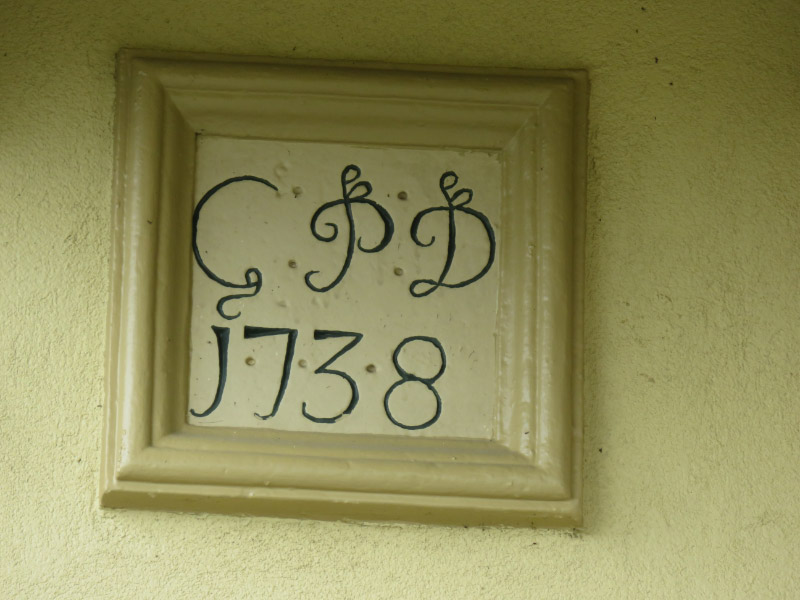
It was a wet day – but the view from the drive in front of the manor house was still scenic with the large magnolia on the lawn and the pond beyond – a bald cypress standing vigil at the water’s edge on the left.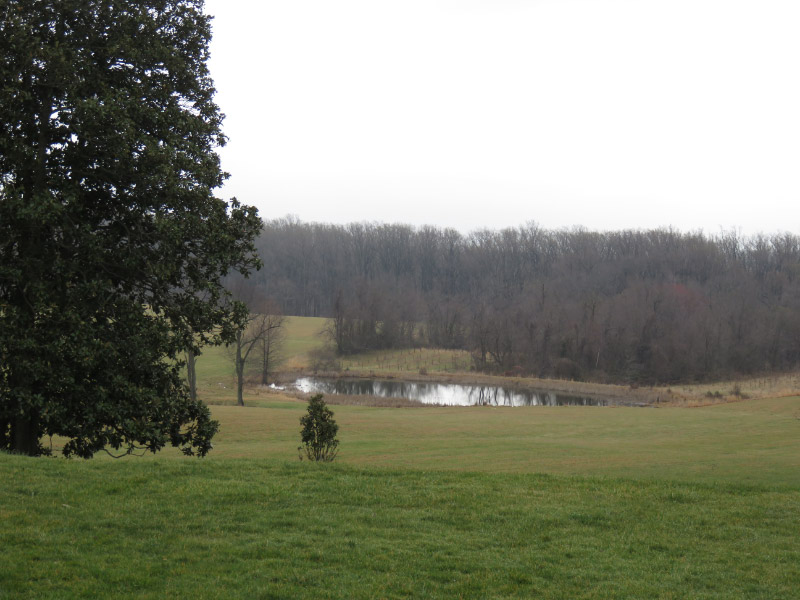
The dampness gave the gum balls on the ground more color. The wind had trimmed one of the nearby white pines recently to add to the arrangement.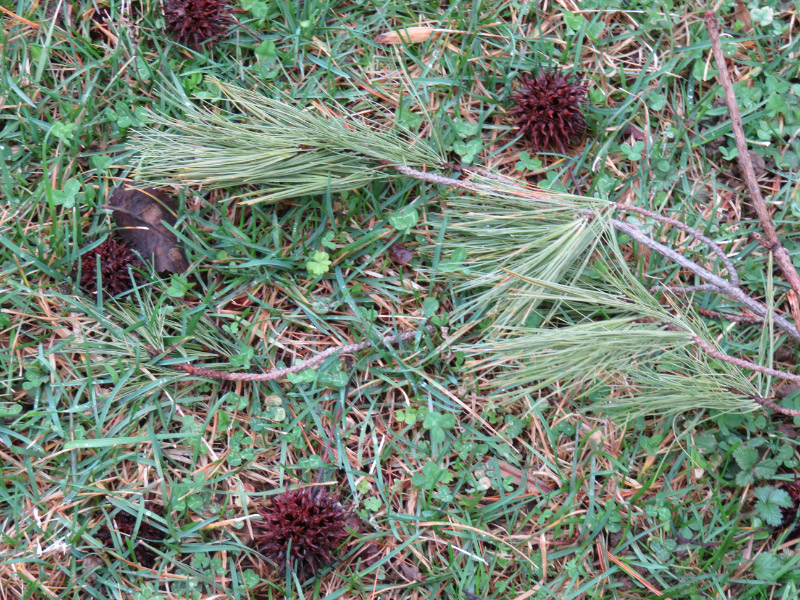
On some of the old trees the lichen on their trunks looks more robust than the tree.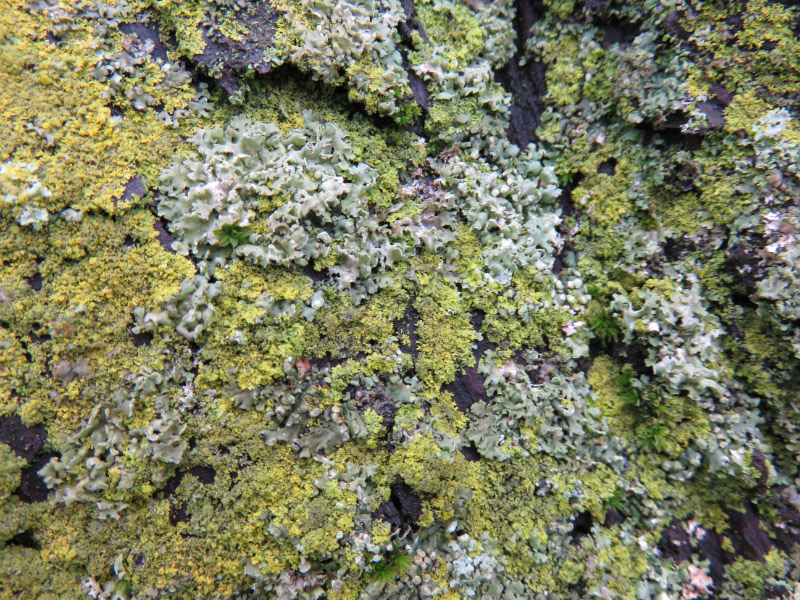
During the third training we hiked through one of the fields and I found a blue jay feather – a little battered from being on the ground for several days.
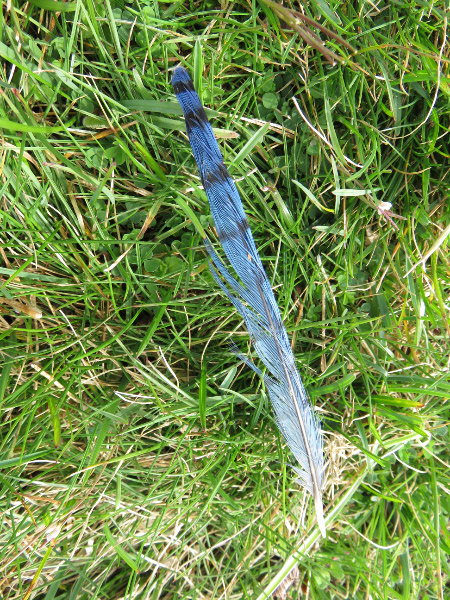 After the training I decided to stop at all the turnouts along the one lane wide road. The part of the road that has been newly paved now has speed bumps. This is the entrance to Belmont showing the trees along the drive.
After the training I decided to stop at all the turnouts along the one lane wide road. The part of the road that has been newly paved now has speed bumps. This is the entrance to Belmont showing the trees along the drive.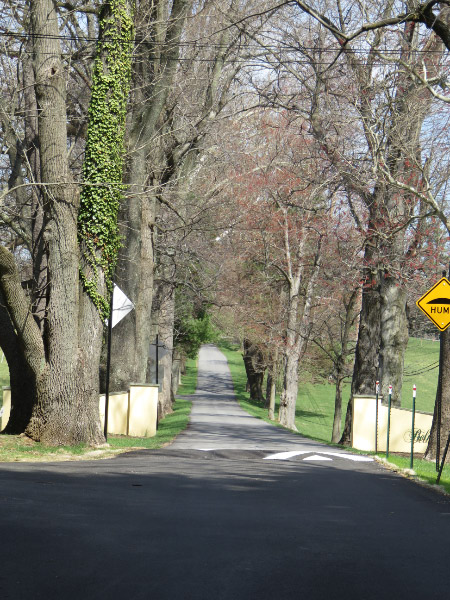
A lot of trees have been cut along this newly paved section – supposedly to winnow out unhealthy trees. It has been going on for the past several years. I made a slide show of the pictures I took of the stumps. Can you tell which ones are not part of the recent cutting? (1, 4, 9) One looks like an unfurling scroll to me. (3) There were several that I wondered why they were cut – they weren’t hollow so there must have been something else that made them candidates for the saw. One such was (11 and 12) --- but then I noticed the space between the bark and the rest of the wood; something was definitely wrong. The one with the biggest hollowed out area would have probably fallen soon had it not been cut (13). Some of the wood from a large branch looked very spongey (14) so clearly the tree was rotting. Still – it is sad to see so many trees cut down at one time.





 We were a little late for the deciduous magnolias but I enjoyed the walk through the section of the arboretum anyway.
We were a little late for the deciduous magnolias but I enjoyed the walk through the section of the arboretum anyway.

 One tree only had three blooms left – but one seemed perfect to me.
One tree only had three blooms left – but one seemed perfect to me.

 Sometimes the seed pods left after the petals fall away are as interesting as the flowers!
Sometimes the seed pods left after the petals fall away are as interesting as the flowers!
